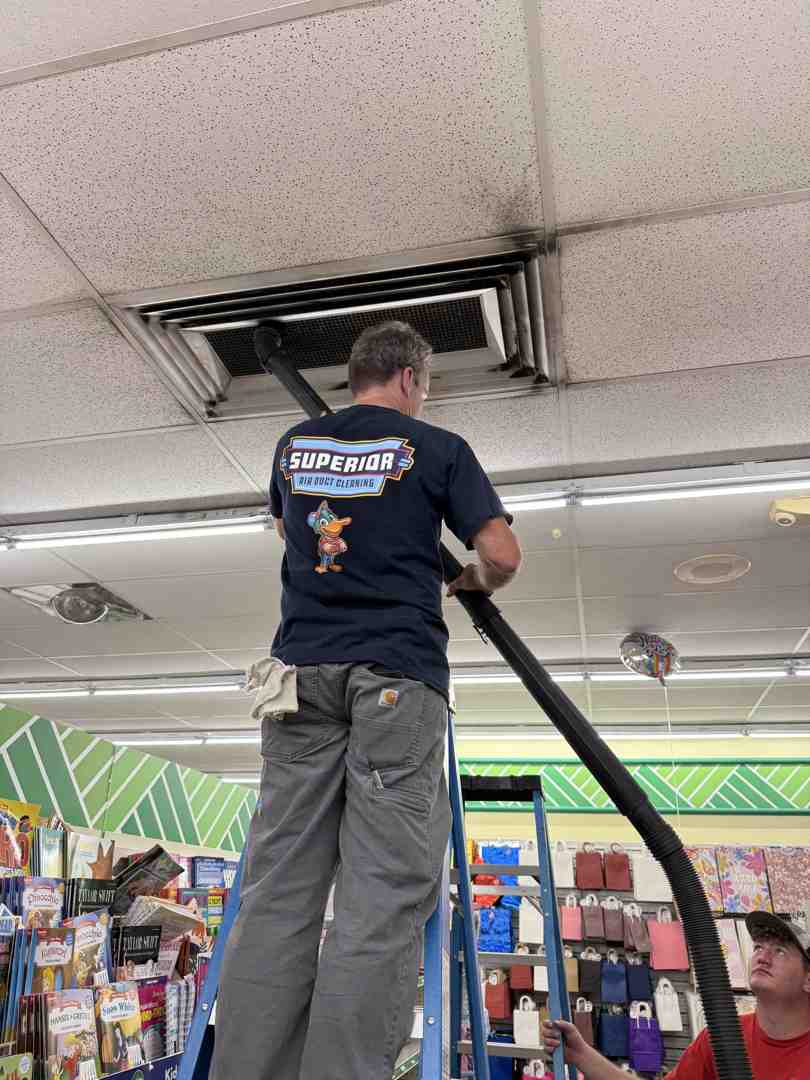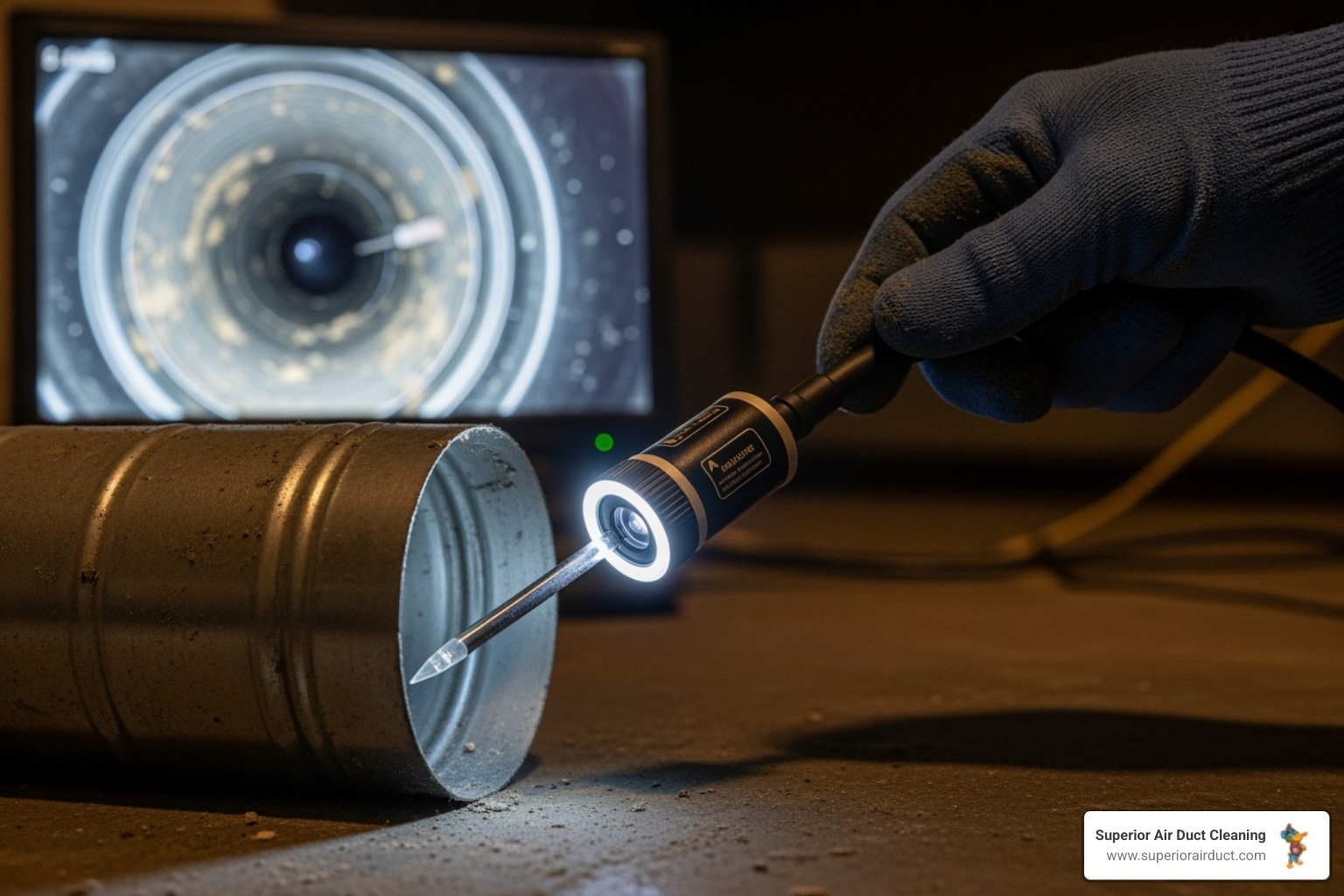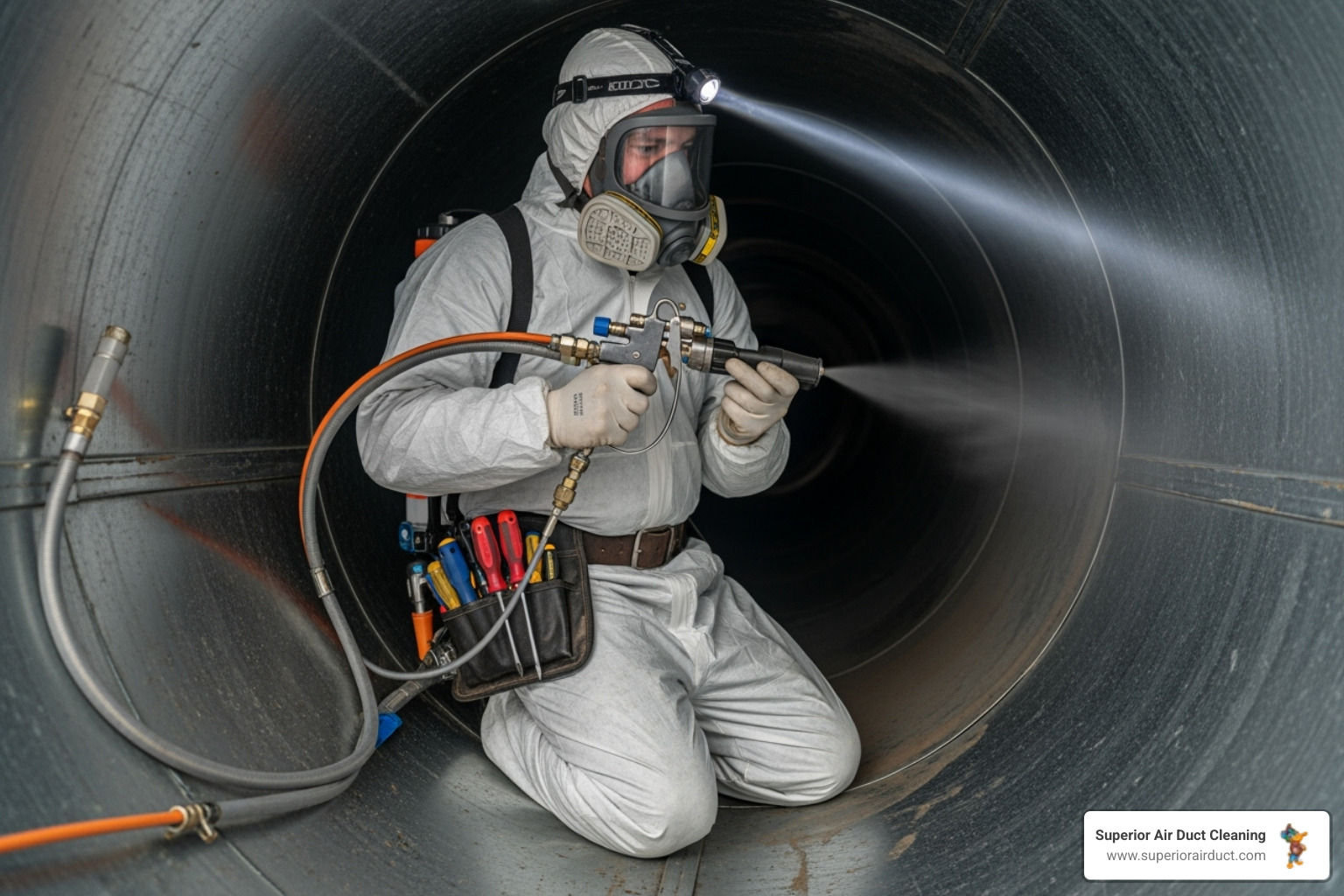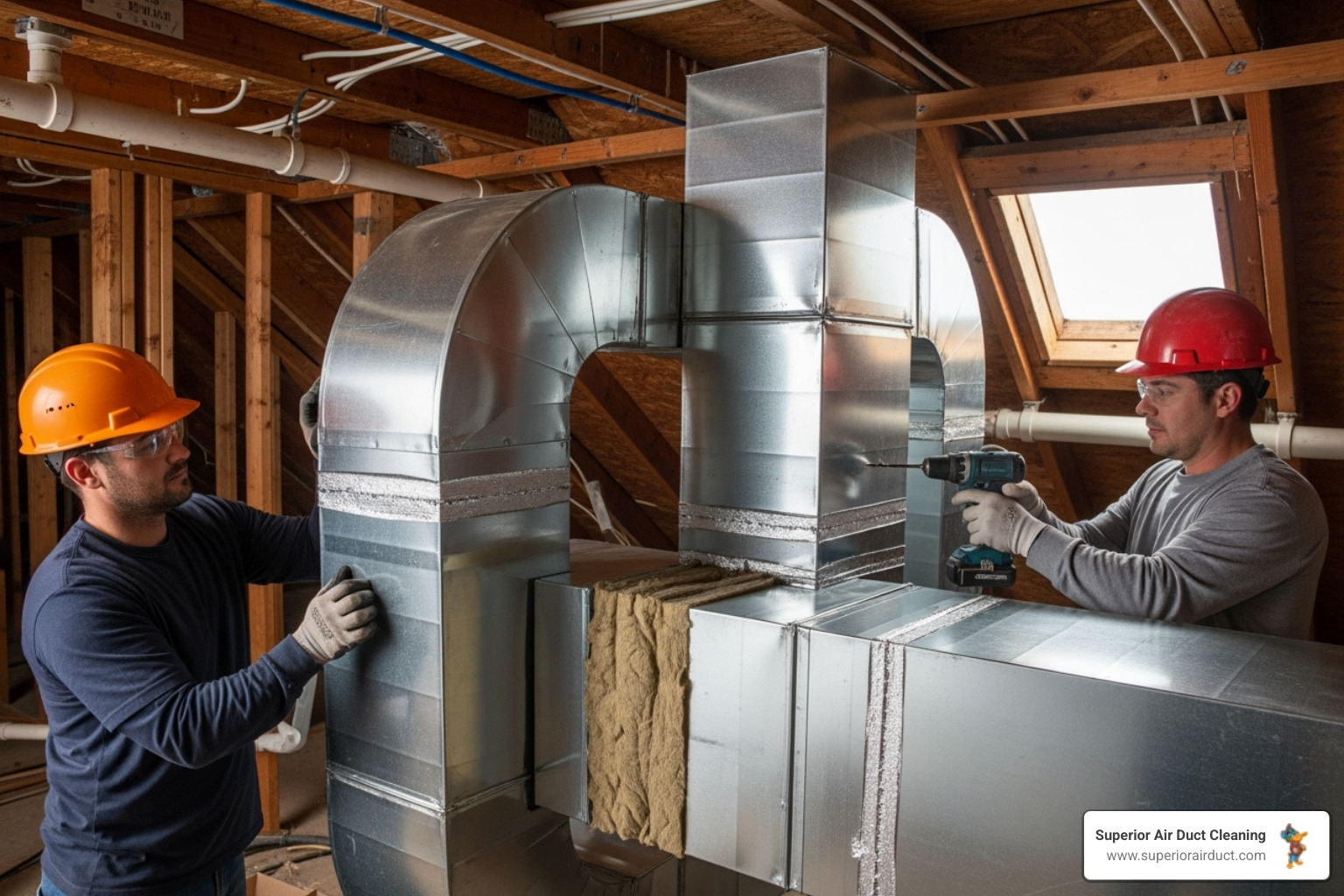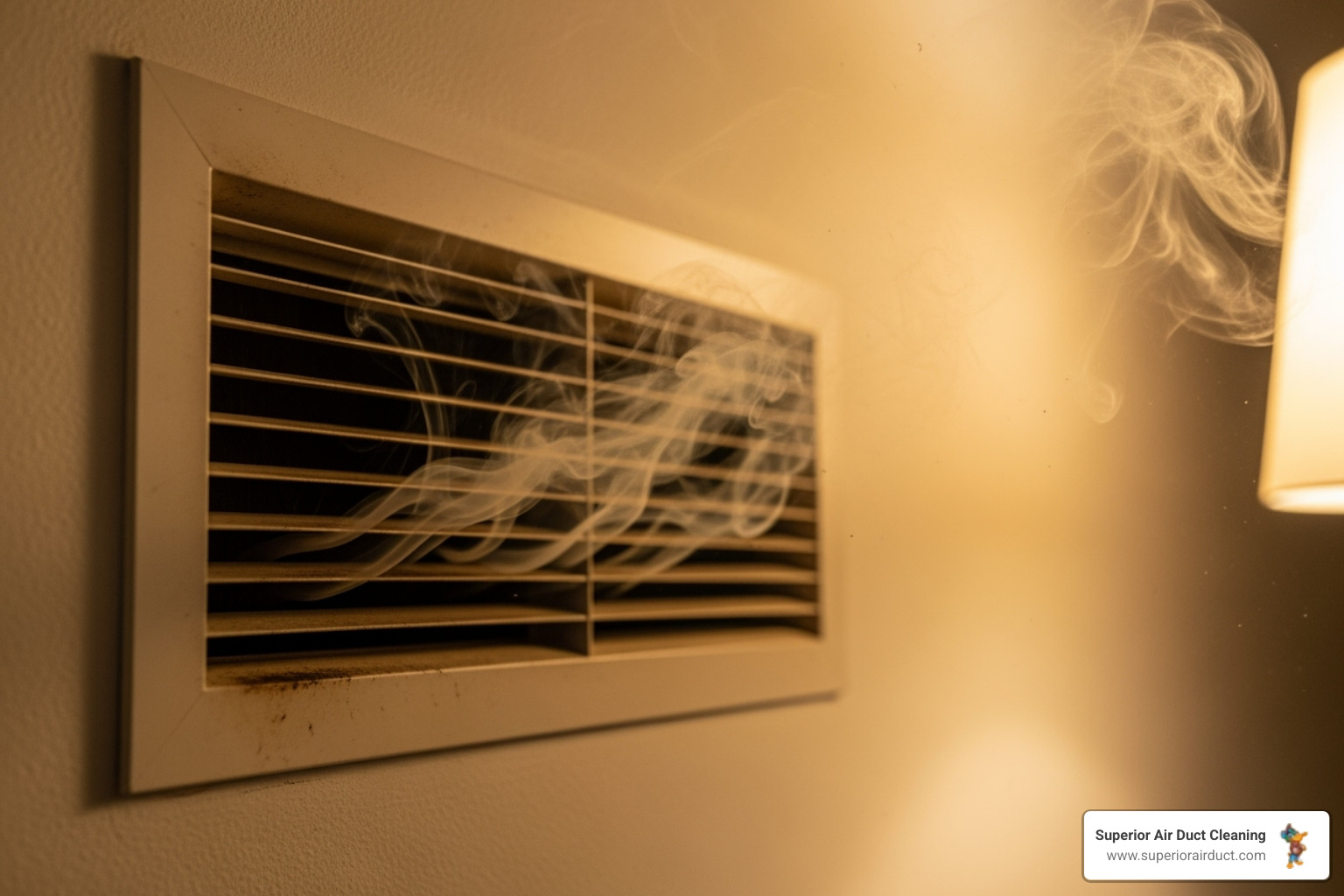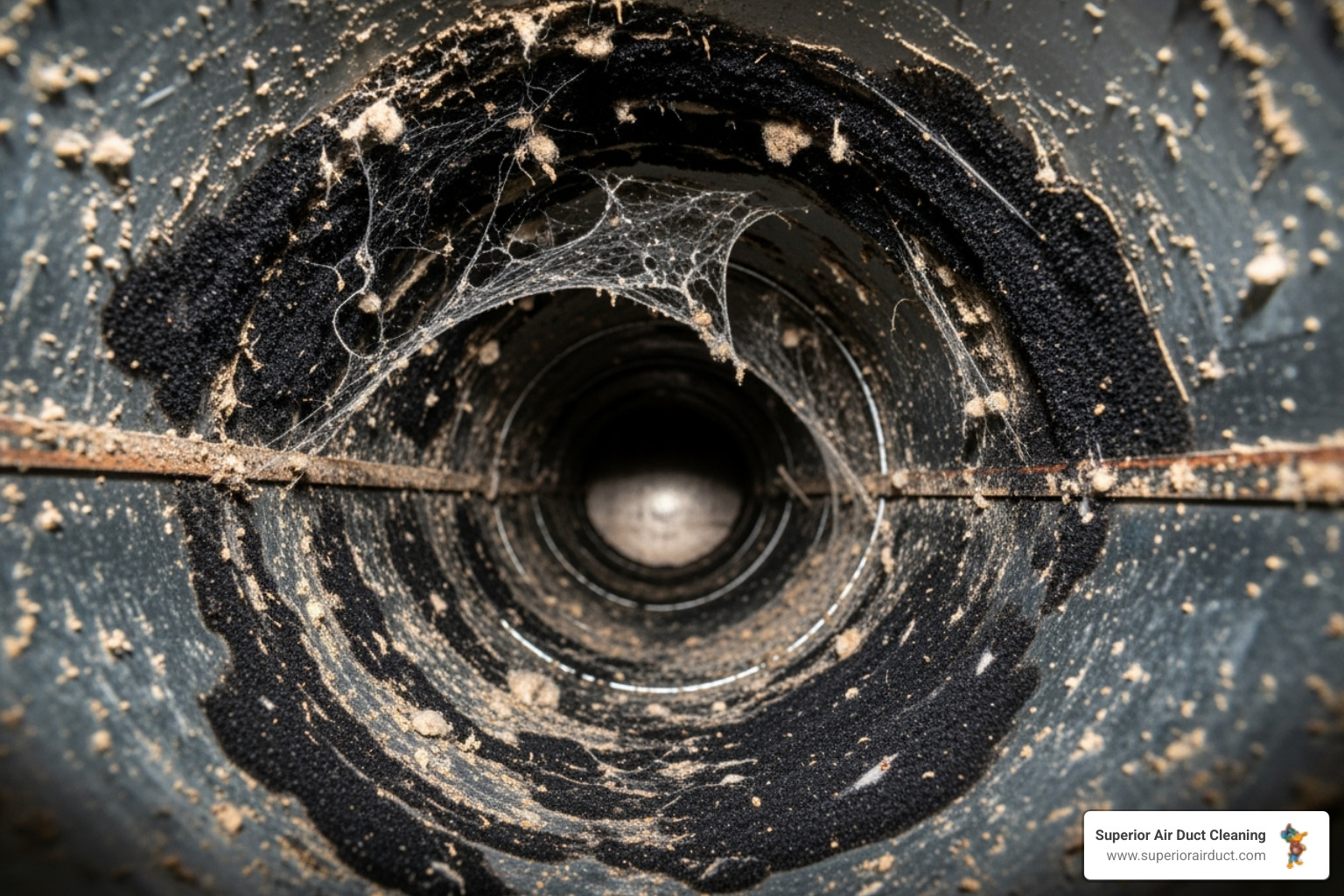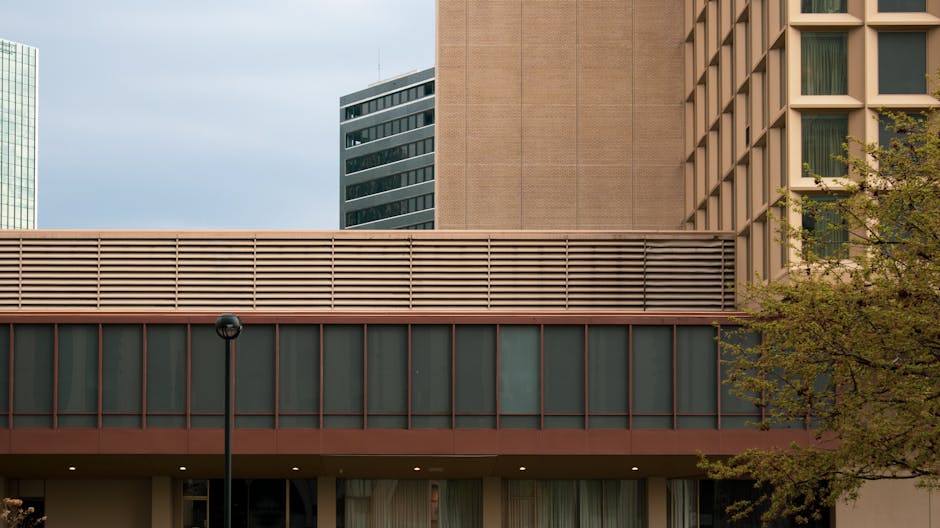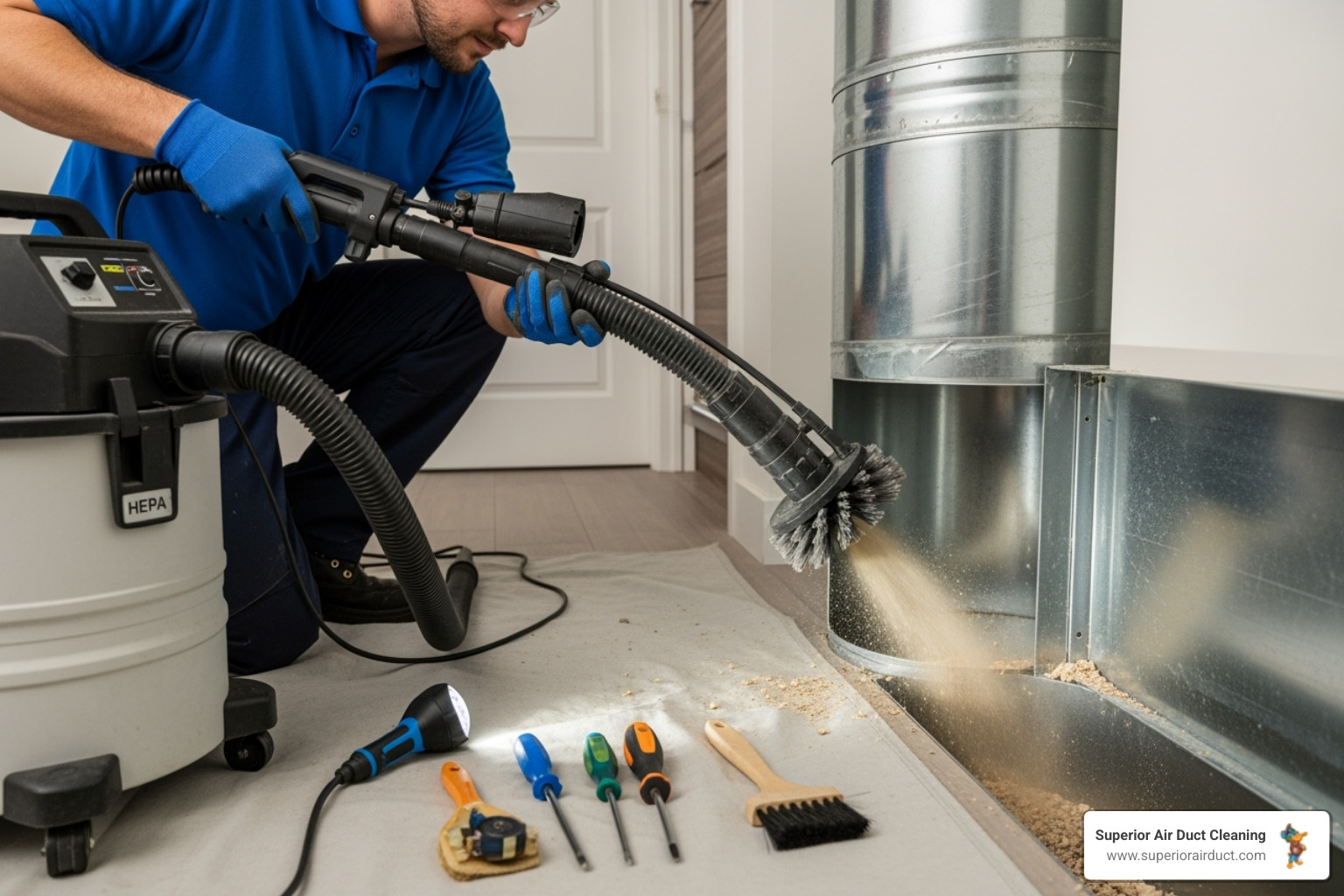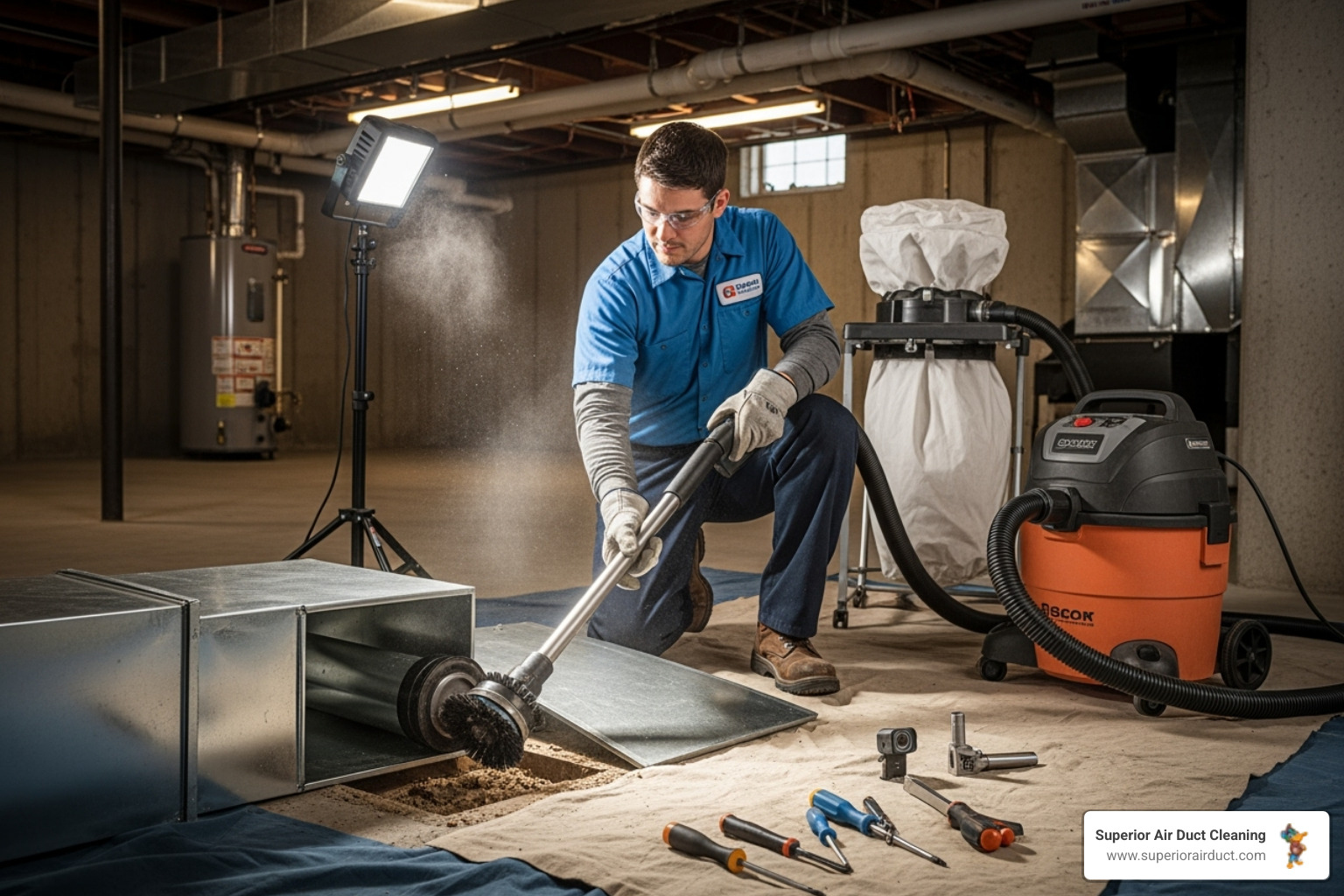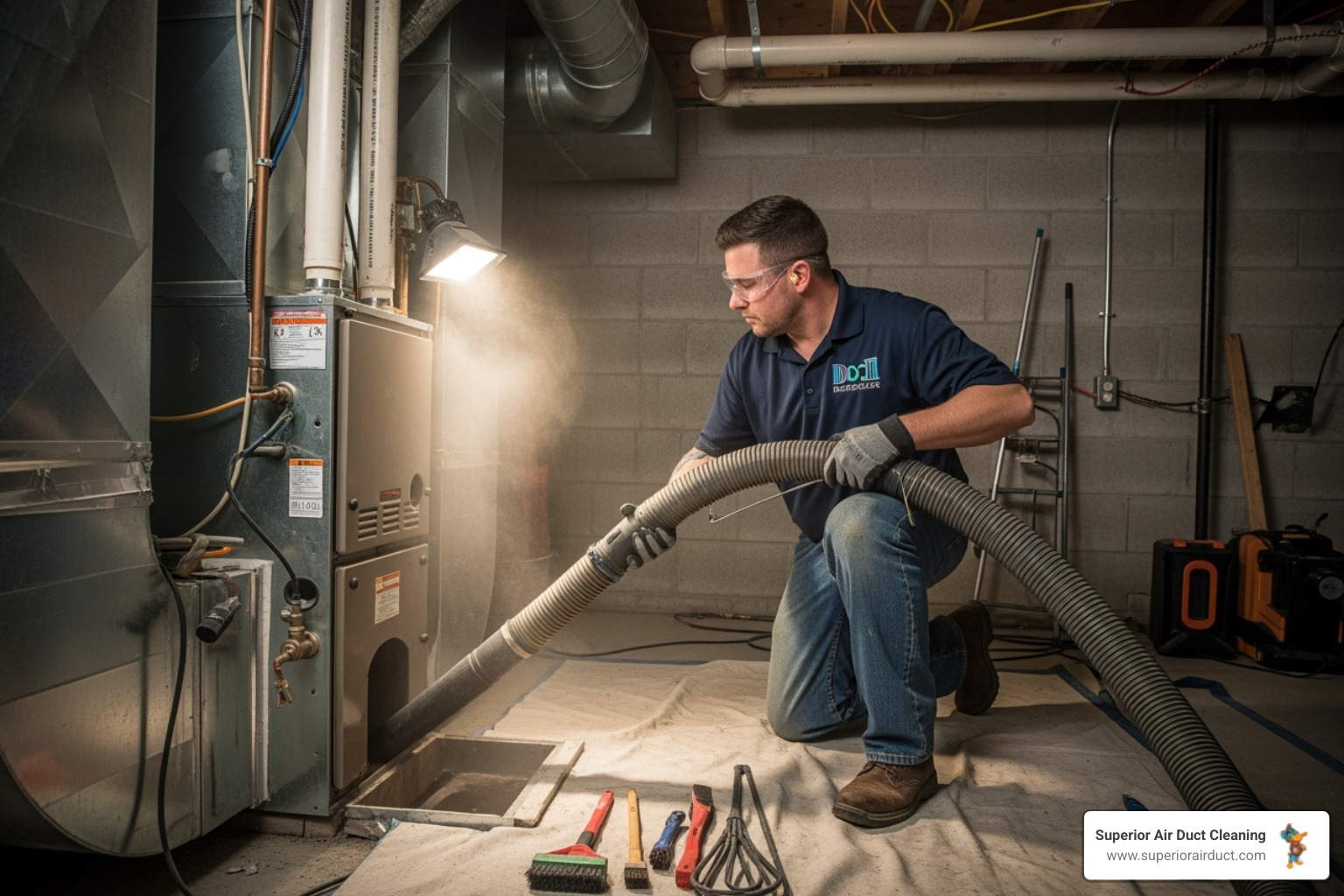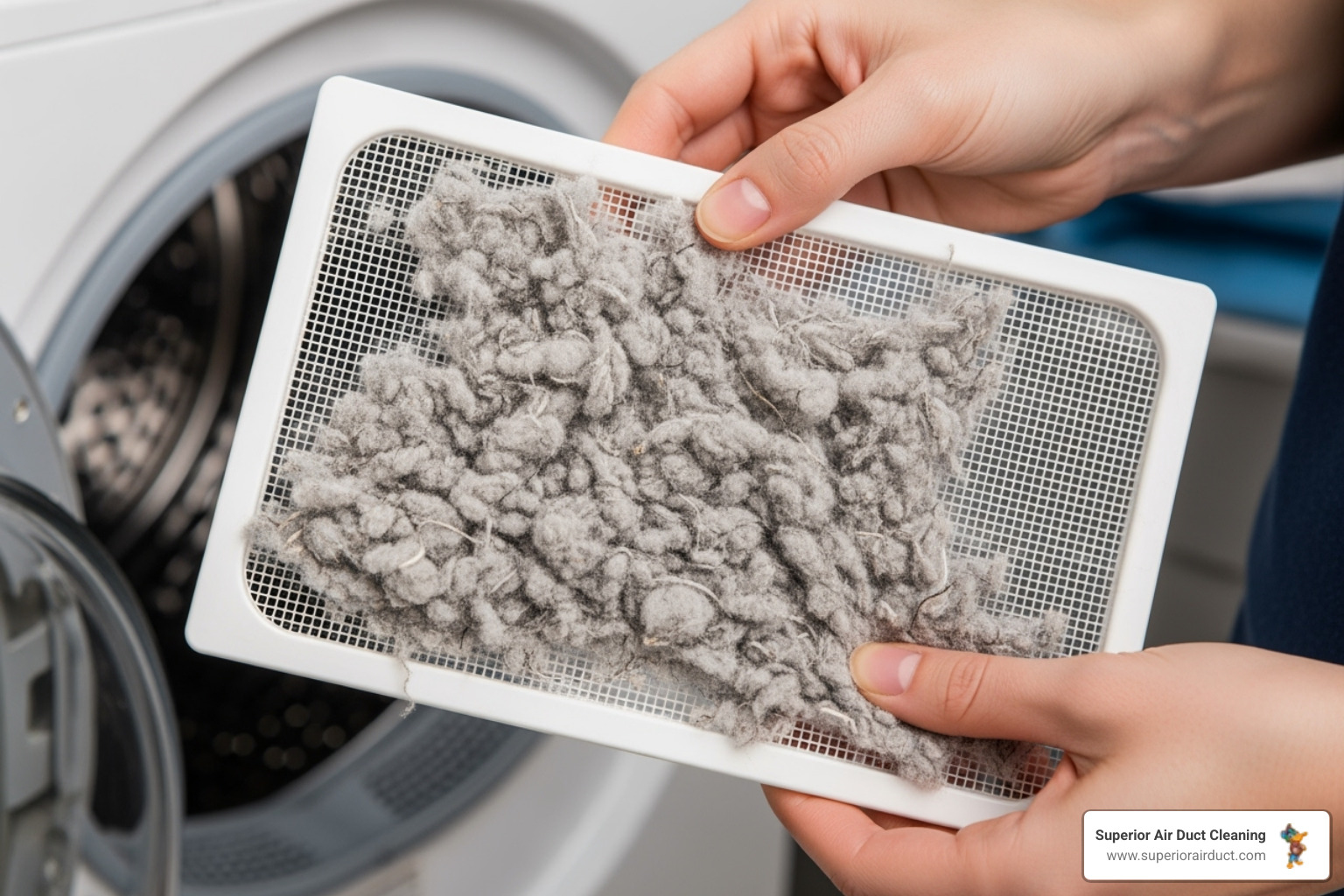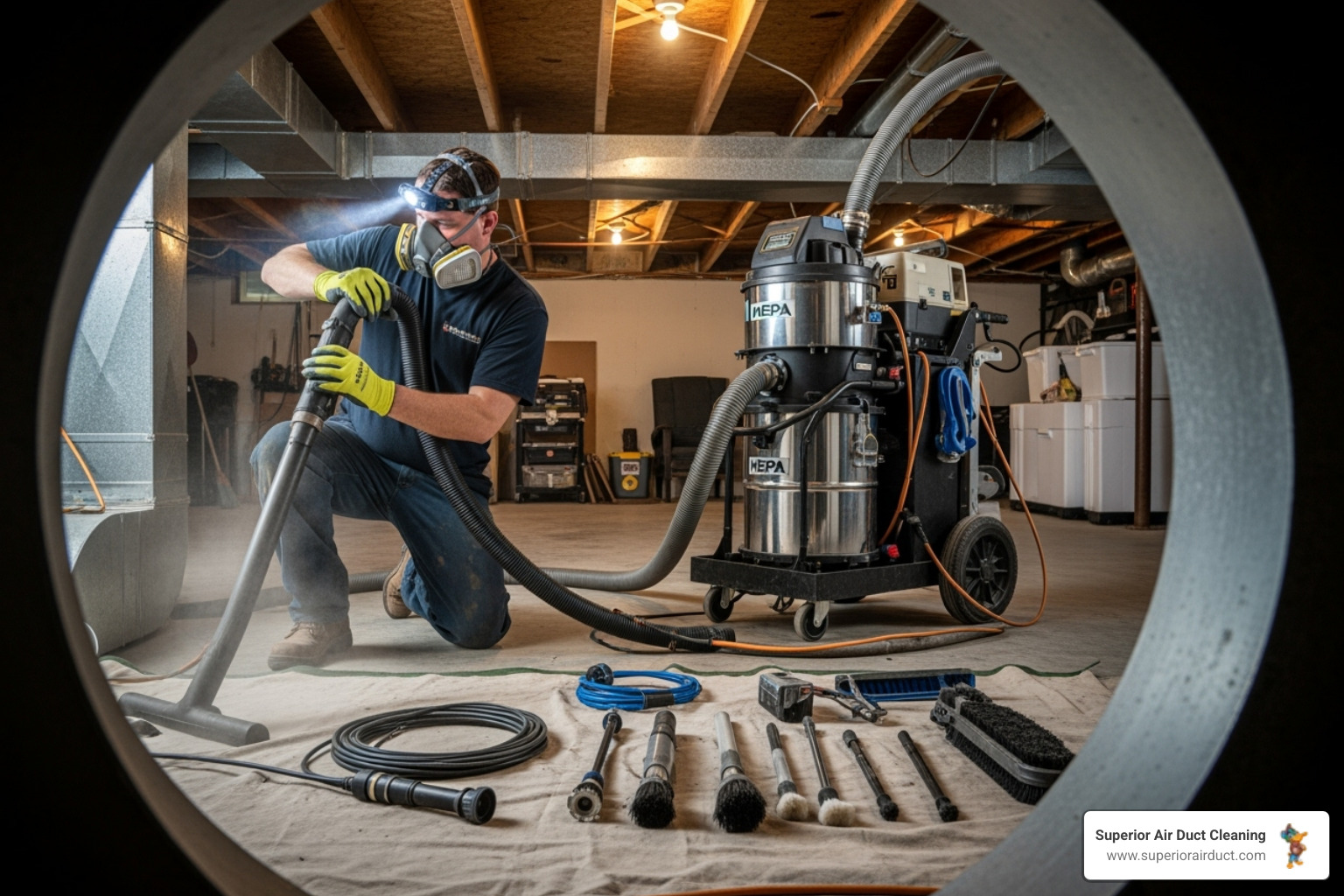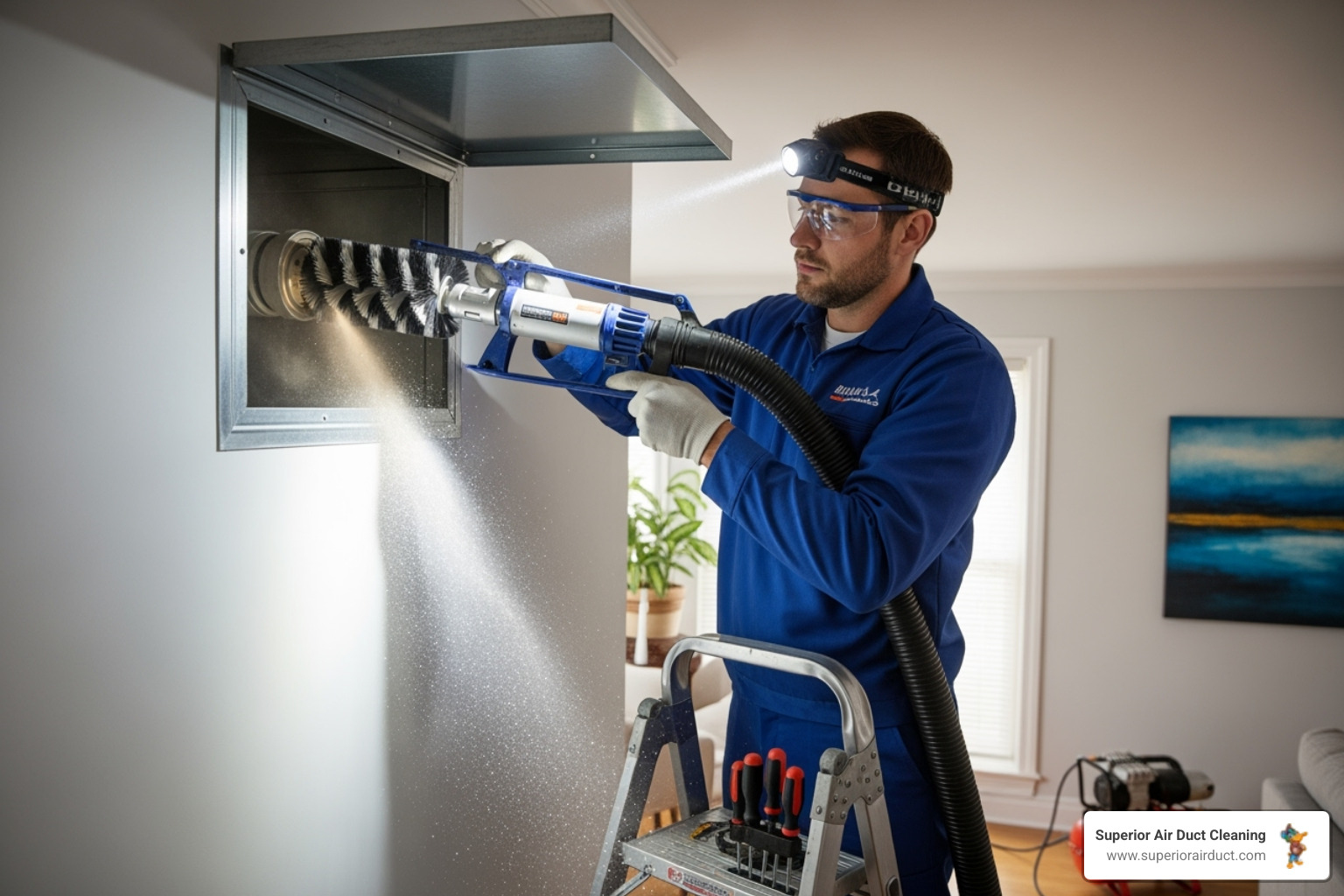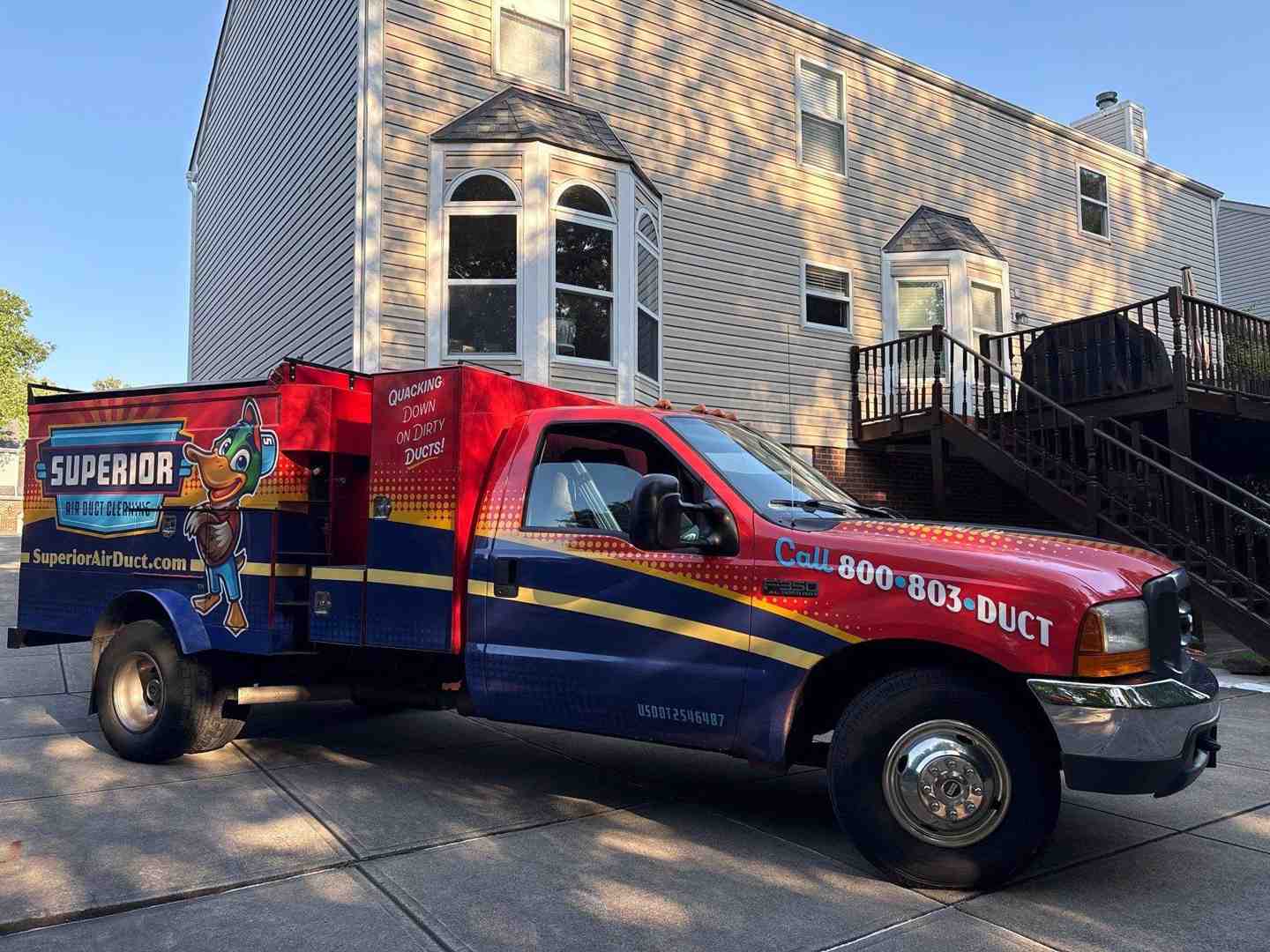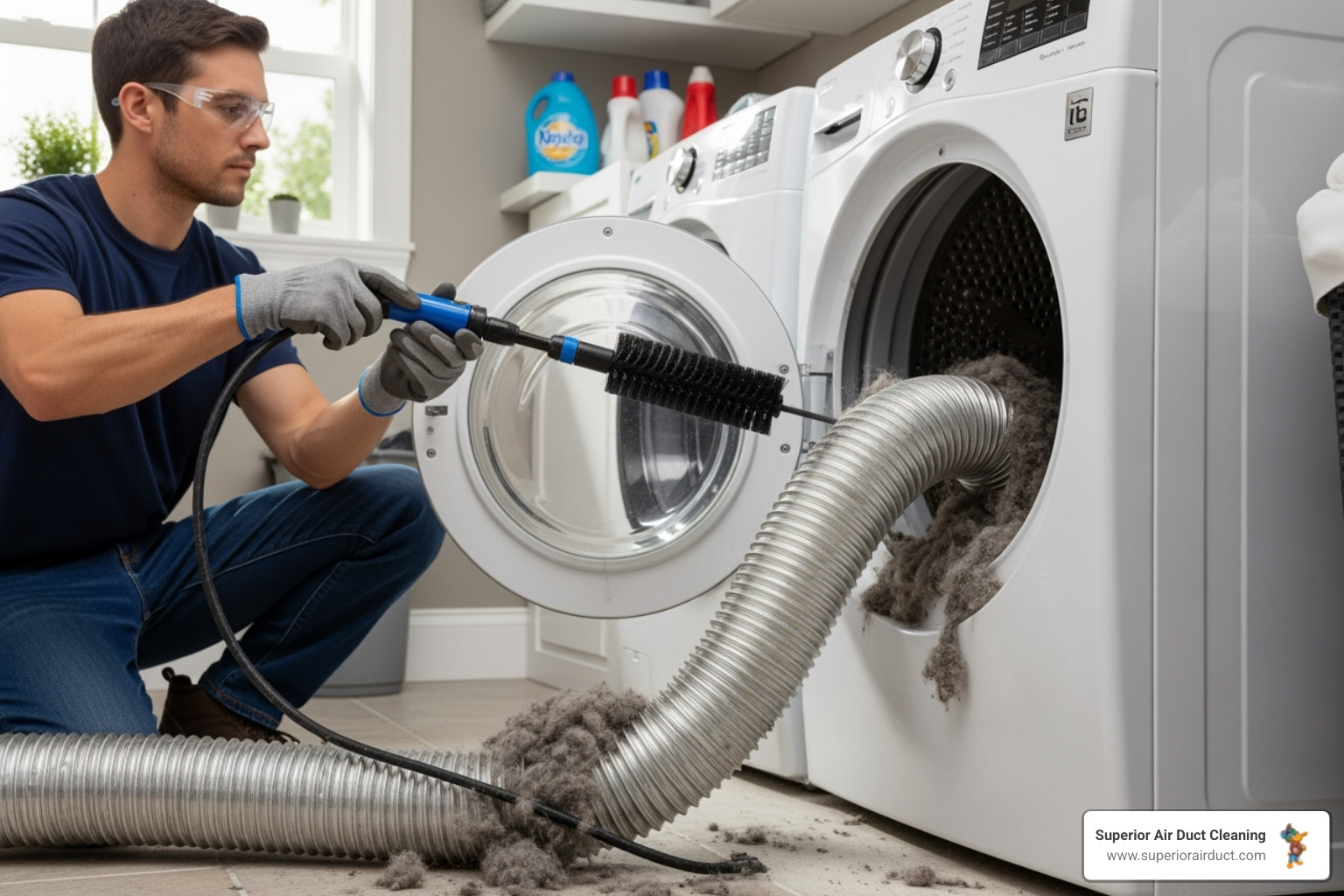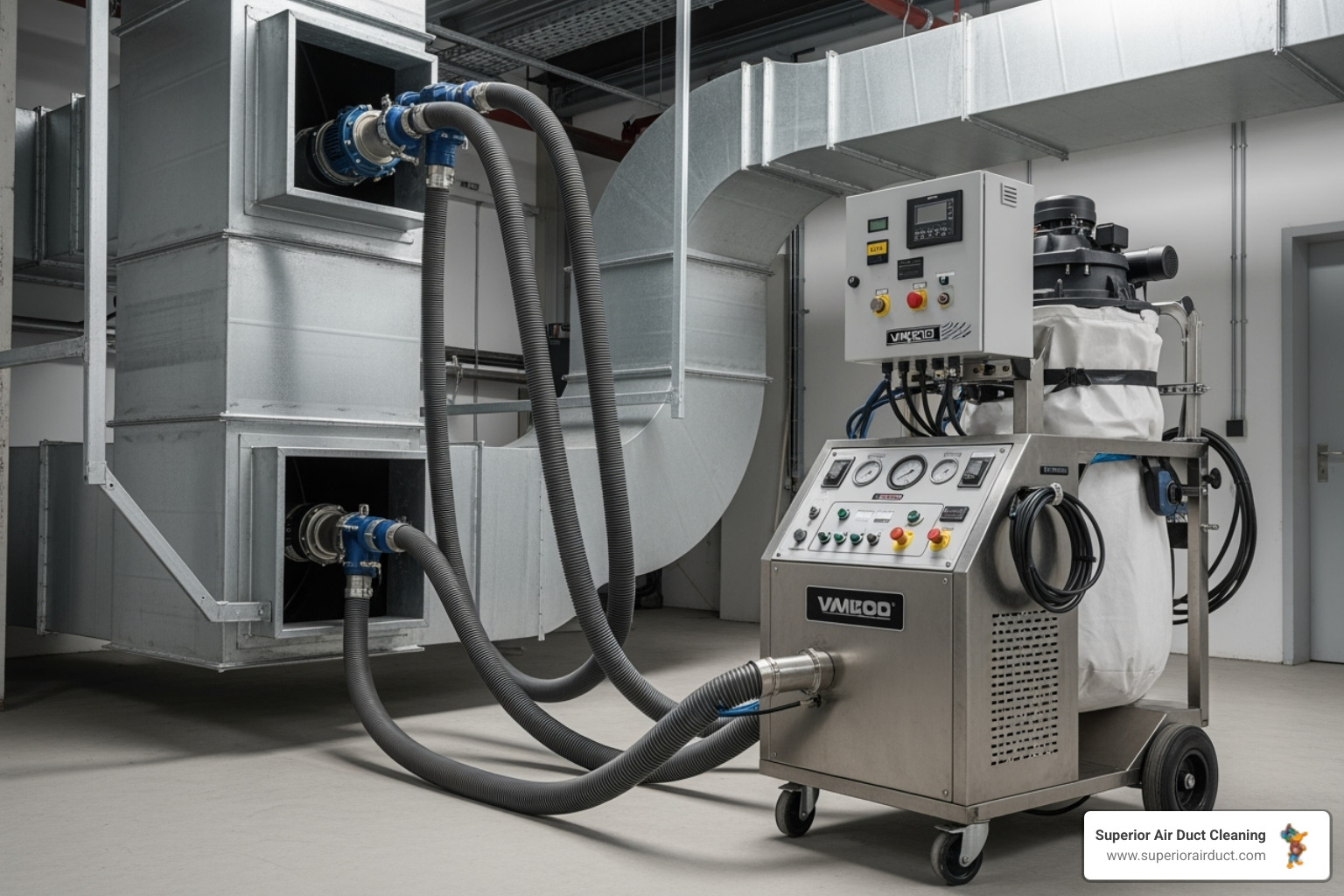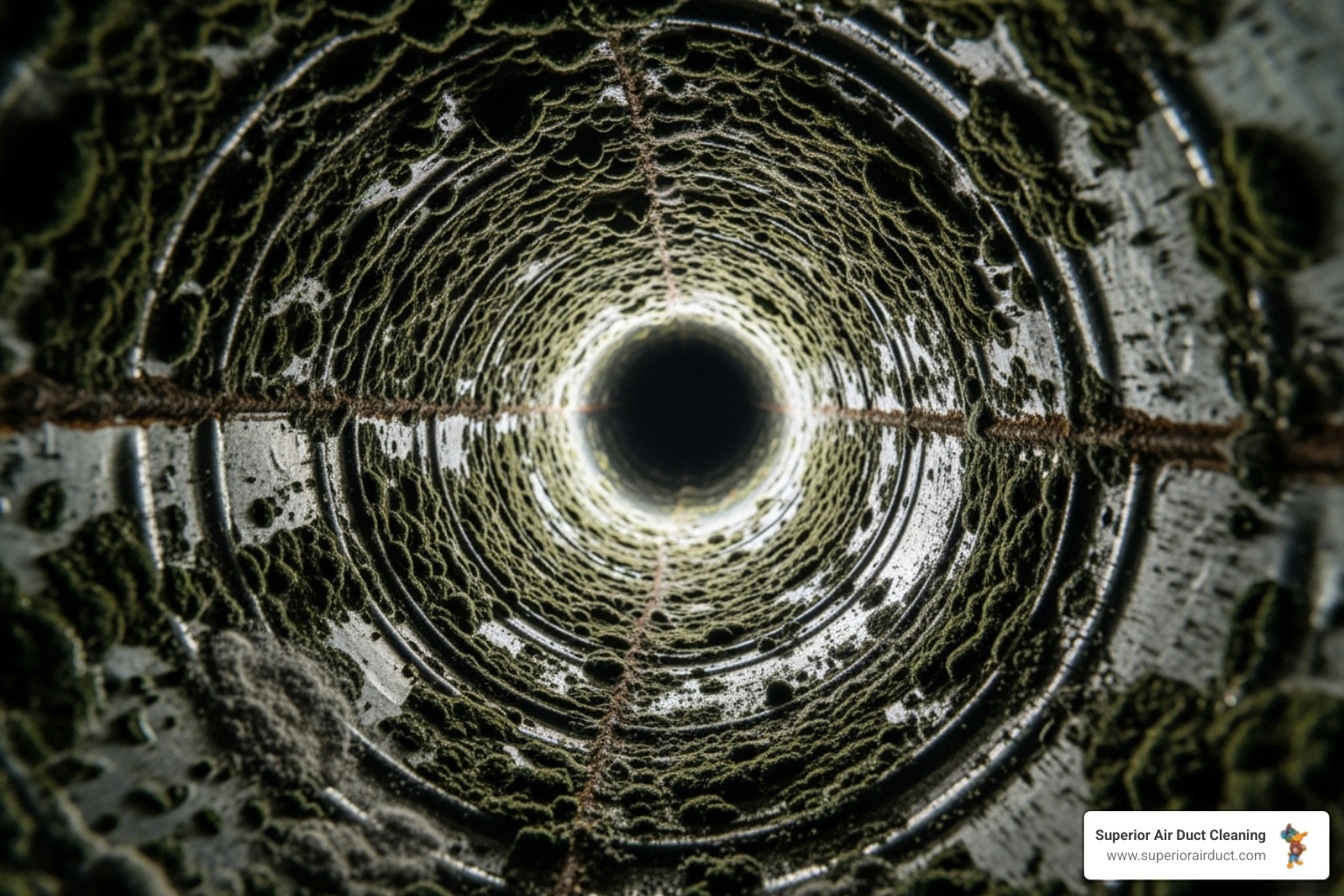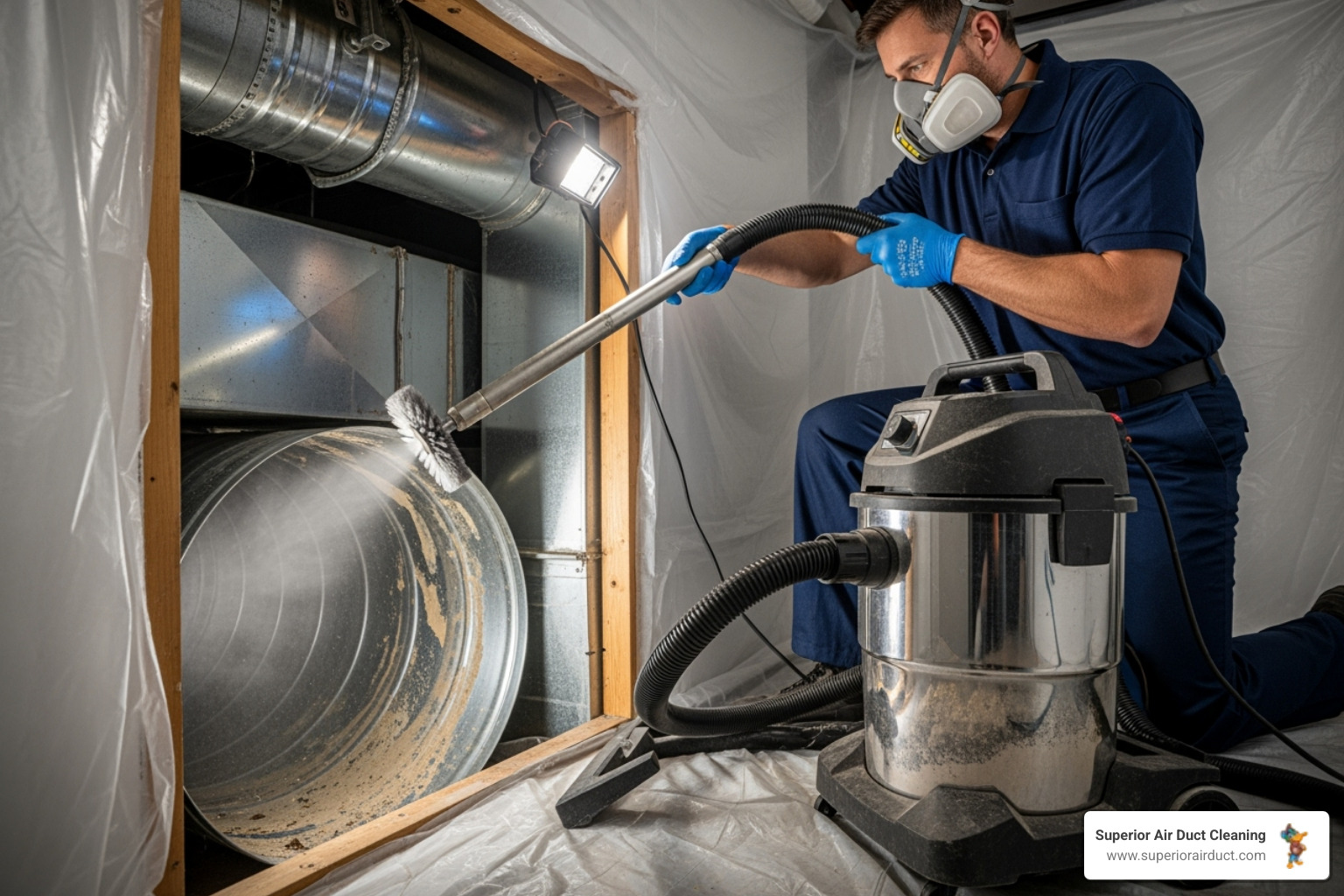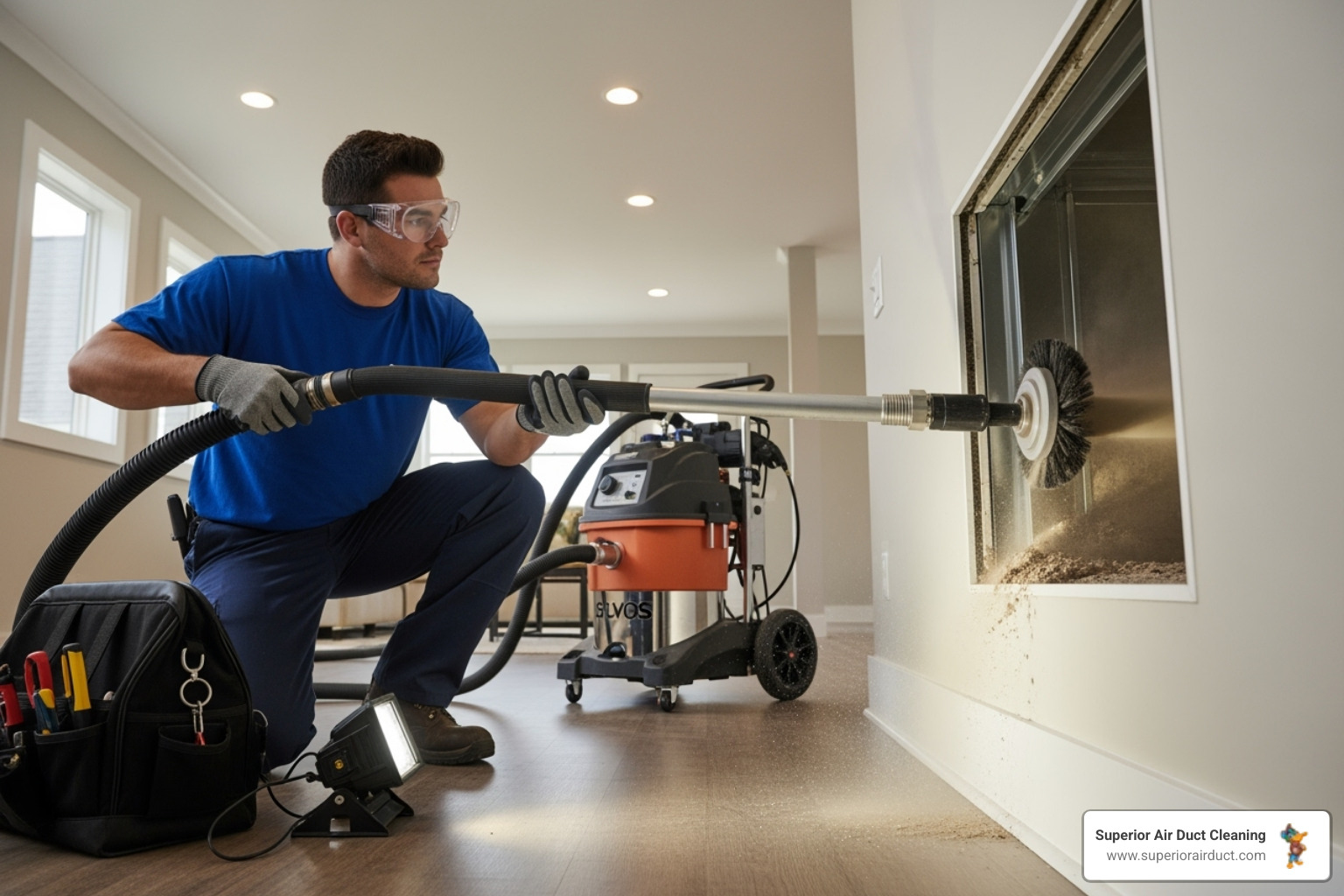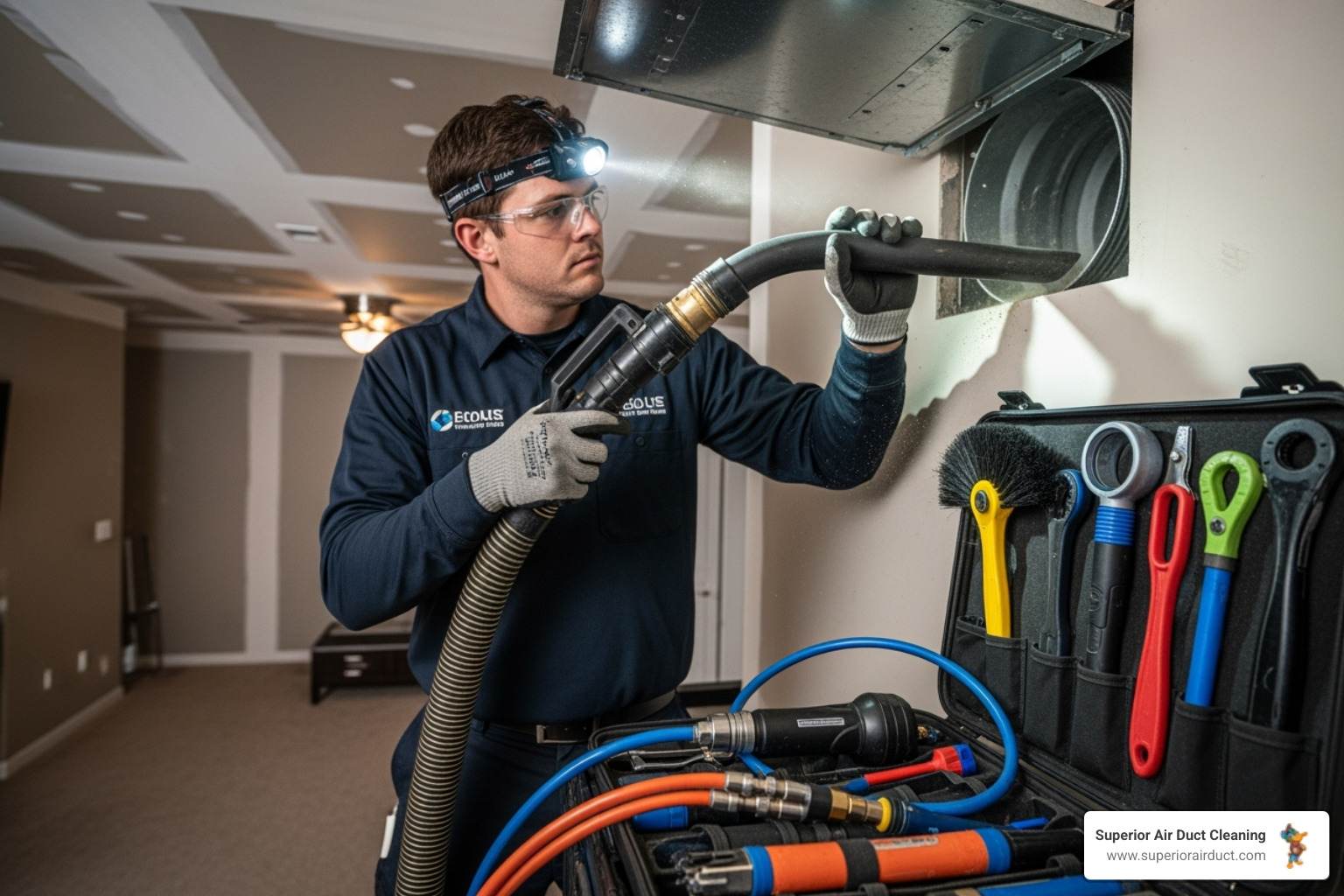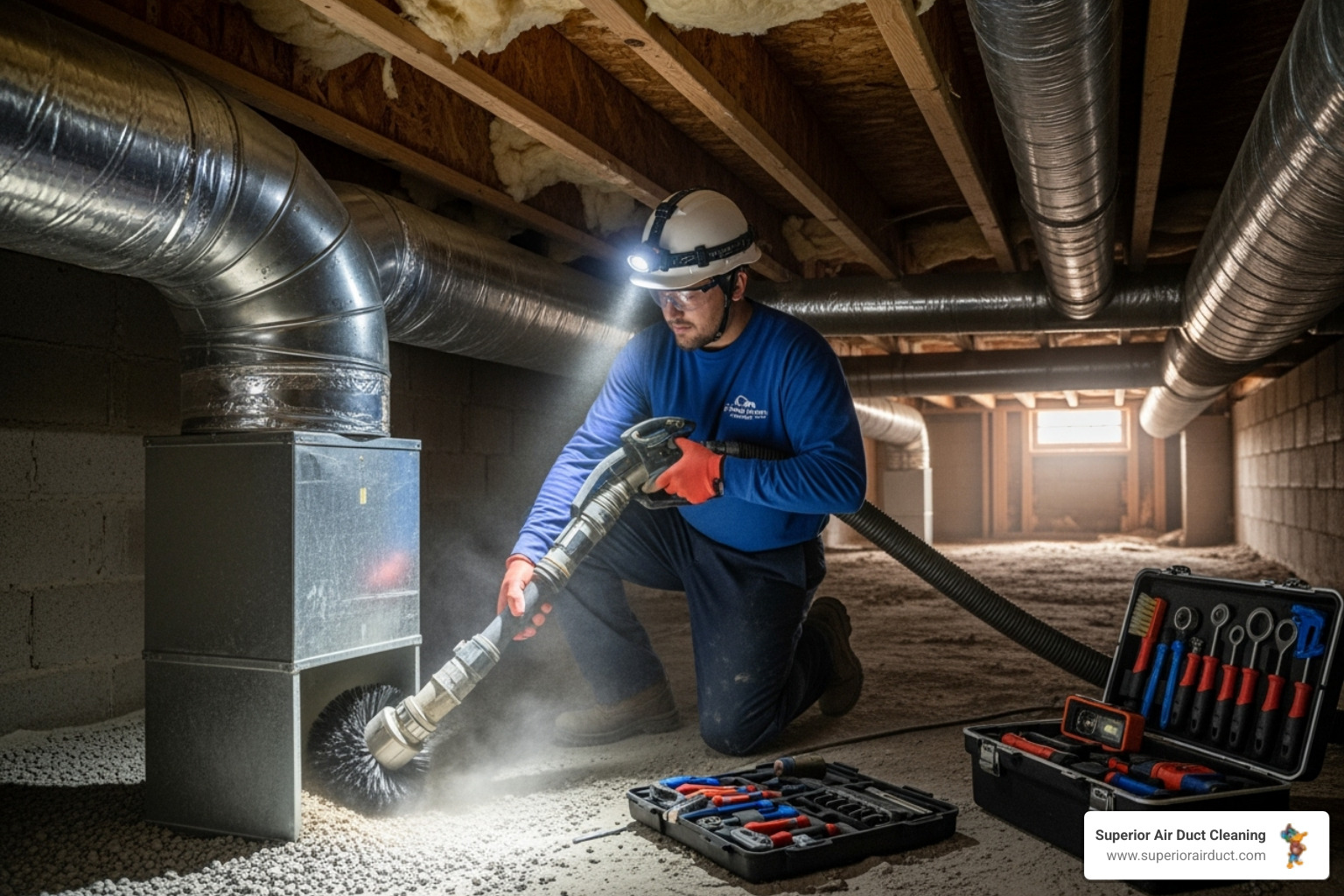
Superior Air Duct Cleaning Looks At Water Damage, Part 2
In our previous blog, we talked about the causes of water damage and the first steps to take if it happens to your home. Today, we expand on this topic and dive deeper into how to handle leaks, seal your duct system and more — read on for more from the professionals at Superior Air Duct Cleaning.
Related Post: Superior Air Duct Looks at Water Damage, Part 1
Clogged Drain Lines
First, it’s necessary to determine what causes leaks in your HVAC system — clogged drain lines. A natural part of your air conditioning system is water. As hot, humid air is cooled, it creates condensation on the evaporator coil. The condensation then drips down into a pan, which is emptied outside through a drain line. Sometimes the drain line becomes clogged or damaged, which will cause HVAC leaks. It’s important to check drain lines monthly to ensure they are clear and draining properly.
Signs Of Leaks
Next, homeowners should be aware of certain indicators that a leak is present in the air ducts.
Signs of leaky or poorly performing air ducts include:
- Your utility bills in the winter and summer are above average
- Certain spaces or rooms are difficult to heat or cool
- Ducts are located in an attic, attached garage, crawl space or unheated basement
The best way to prevent water damage is to check your system regularly. If you see water on the floor by your unit, this is also a sign of a leak or clog. If you suspect water damage, consult an HVAC professional to make sure that your system is being managed safely.
Ductwork And Insulation
After significant exposure to water, you must replace the insulation and air filters in your HVAC system. The moisture, dirt, debris and other contaminants that get trapped can create unsafe conditions following water damage. The air ducts and vents should also be checked for any dirt or debris that got inside during the flood or storm. Additionally, the aluminum walls of the ductwork should be thoroughly disinfected.
Related Post: How to Prevent Buildup in Vents
Duct Sealing
The combination of air pressure and air duct leakage can lead to a loss of energy in an HVAC system. Sealing leaks in your air ducts increases energy efficiency and prevents the entry of hazardous elements into the air duct system. It is advised to seal behind the registers where the duct meets the wall.
Tips For Minor Duct Repair
If you are a homeowner, you can check your duct system for air leaks. Look for sections that should be joined but have separated and search for other holes and gaps. Instead of using standard duct tape, we recommend duct mastic because it’s more durable. You could also use a good quality heat-approved tape to bridge gaps that are over a ¼ inch.
Besides sealing your ducts, the simplest way to sustain your duct system is to remove any furniture or other objects that could be blocking the airflow through your registers. Minor duct repairs can be relatively easy to make, but larger repairs to your duct system will usually require a professional.
Contact Superior Air Duct Cleaning Today
If you have experienced water damage, let our duct cleaning services be your solution. Our vacuum truck carries a 195hp motor to ensure powerful cleaning and the best air quality. We are committed to providing truly superior service in your home. For pricing quotes and more information, contact the qualified professionals at Superior Air Duct Cleaning.

Customer Reviews





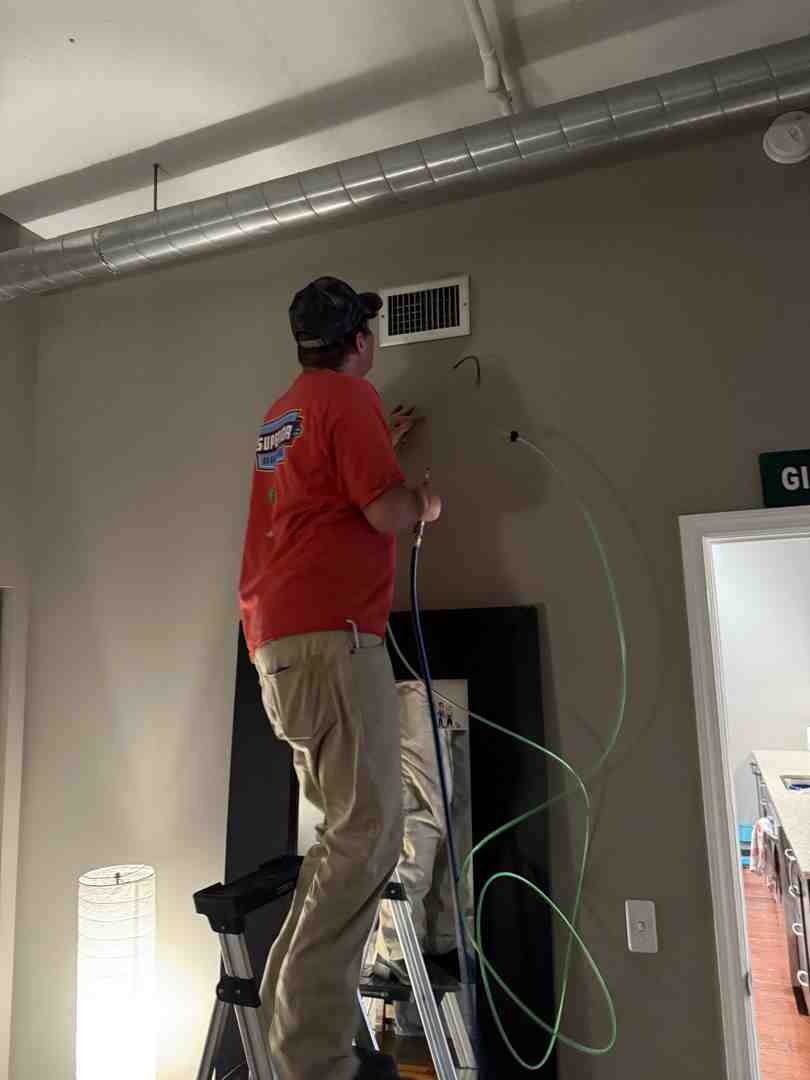
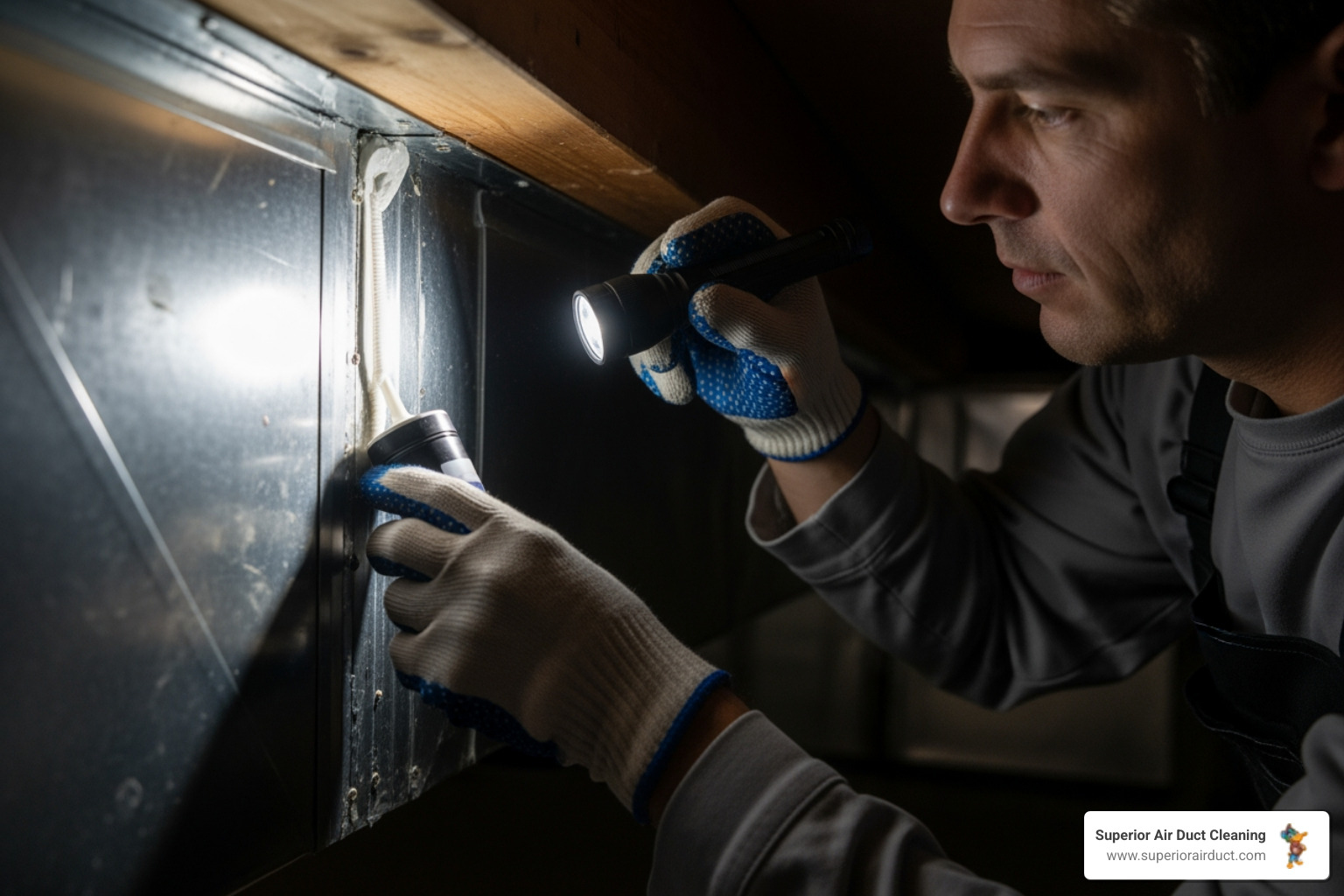



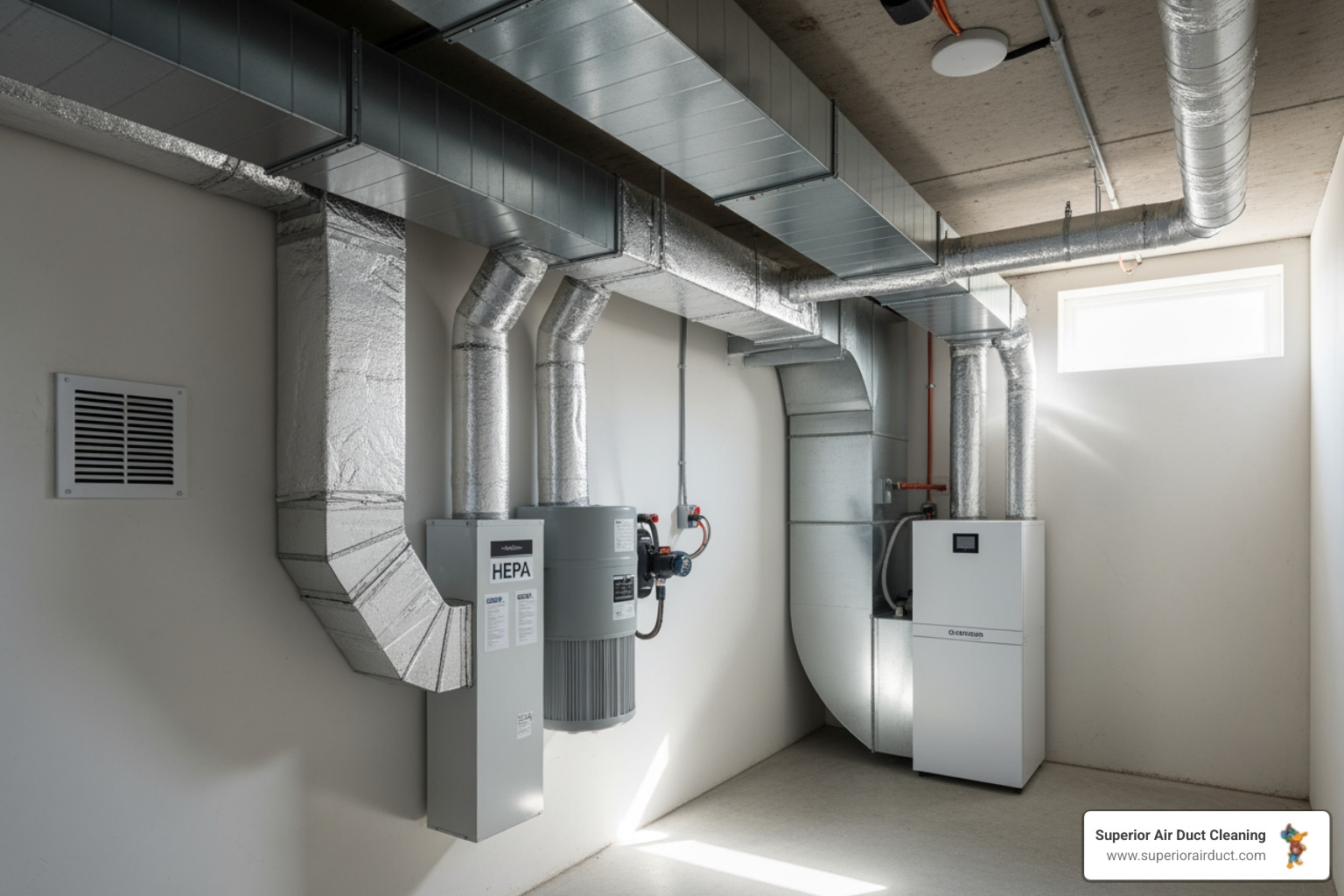




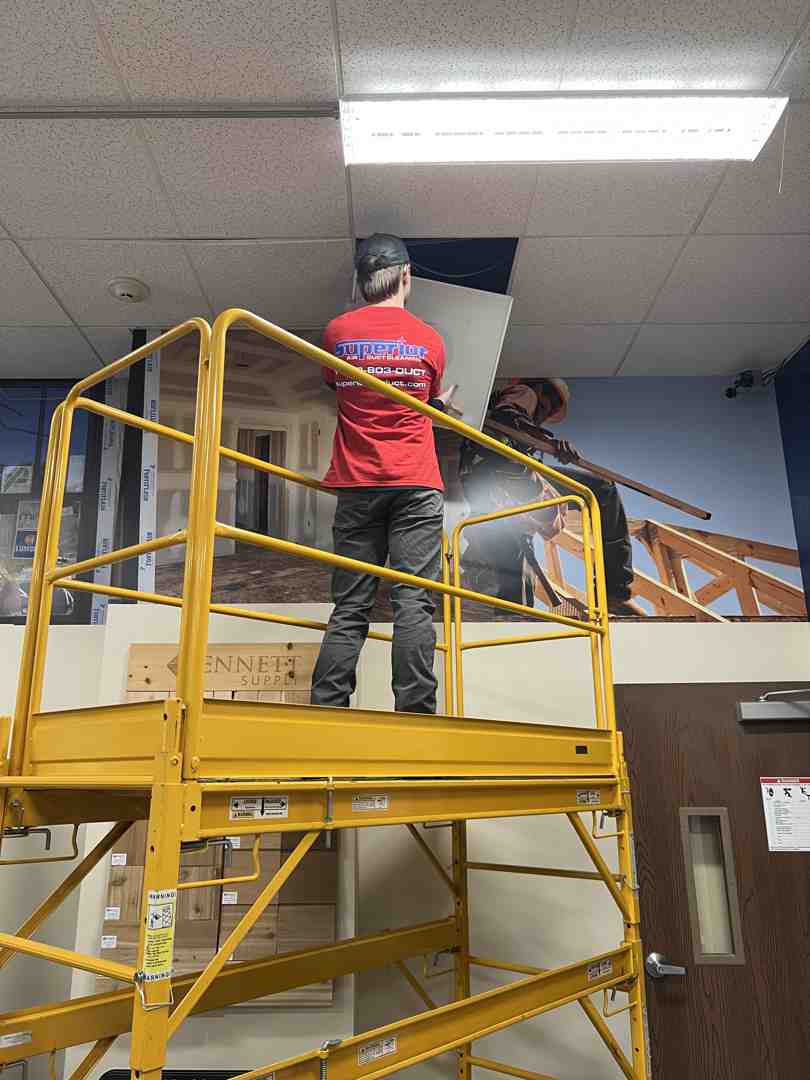

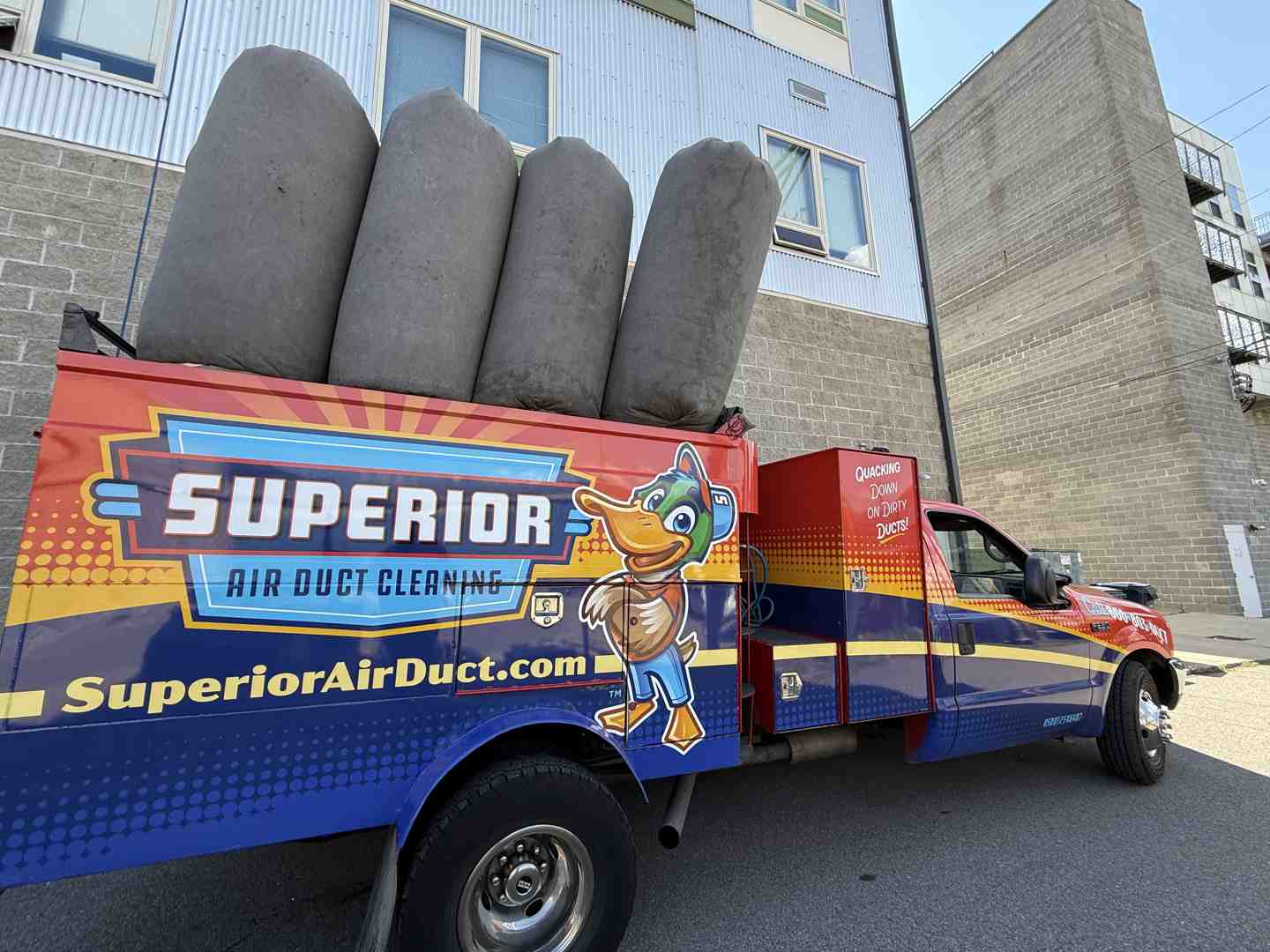

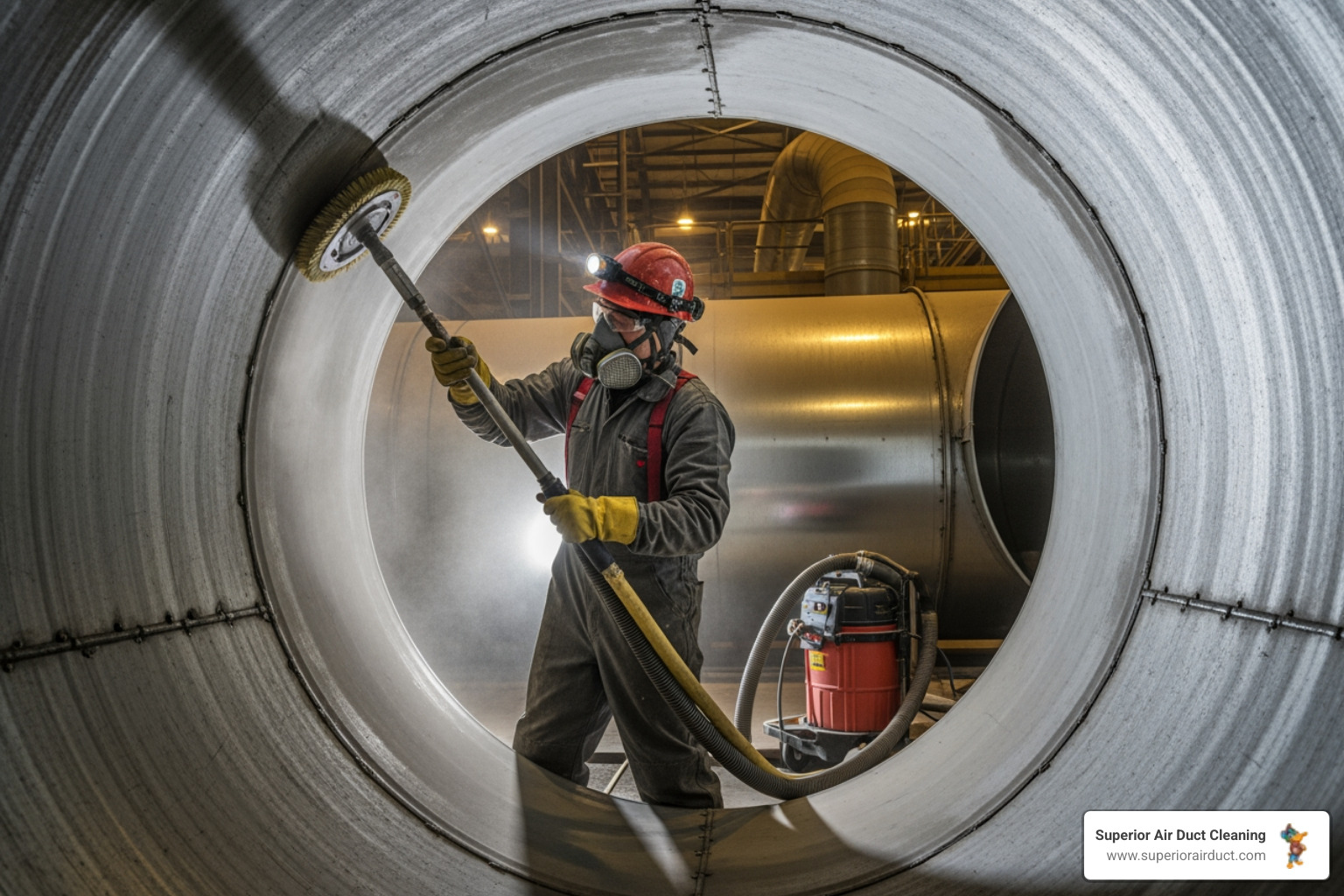


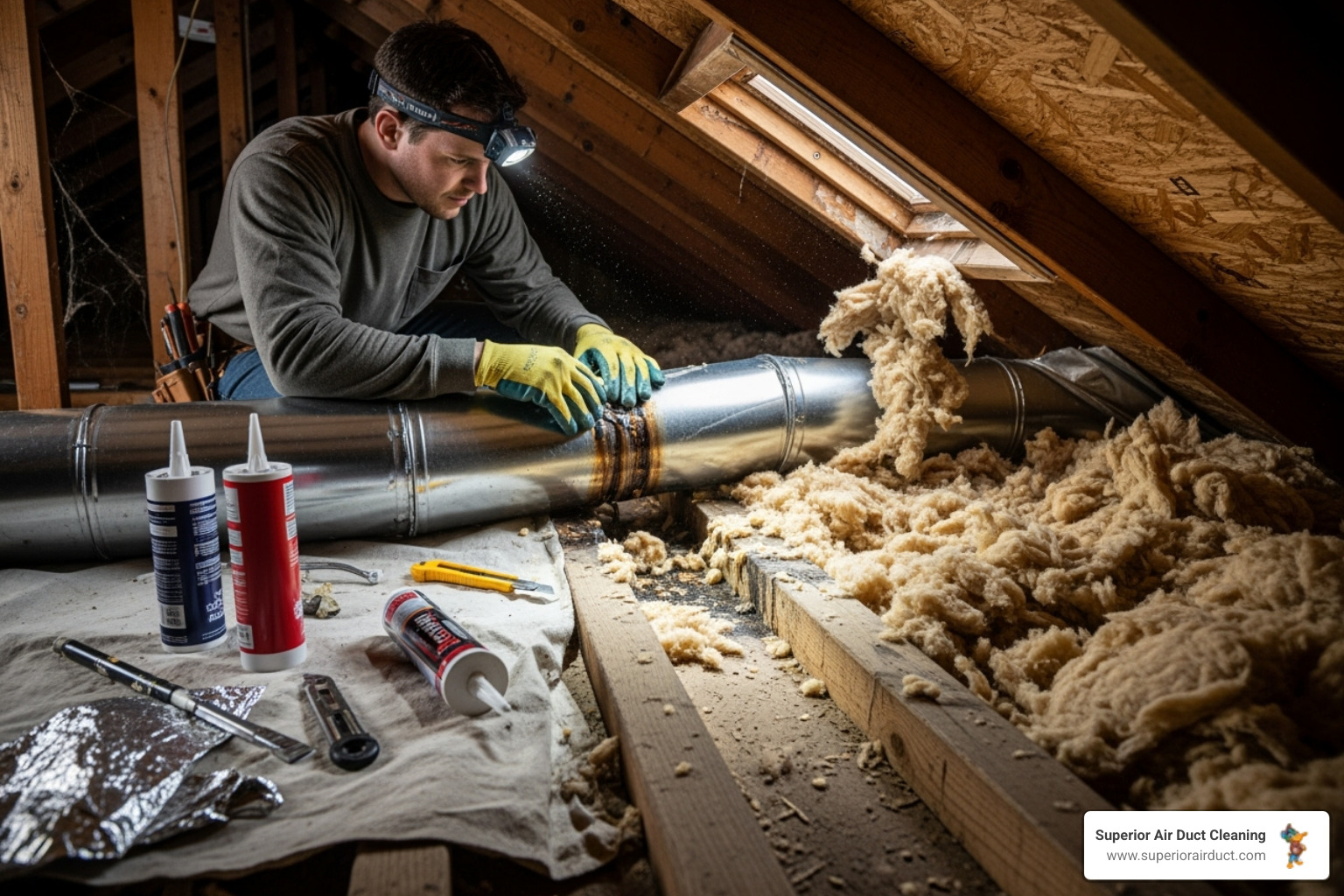
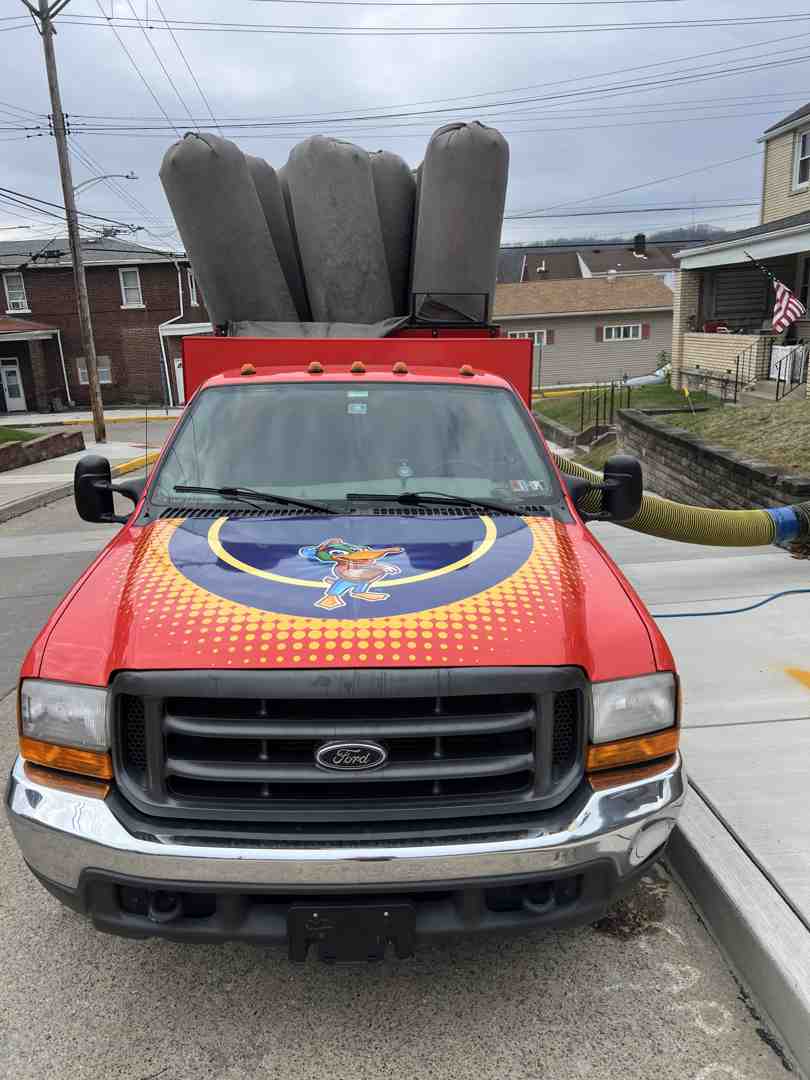

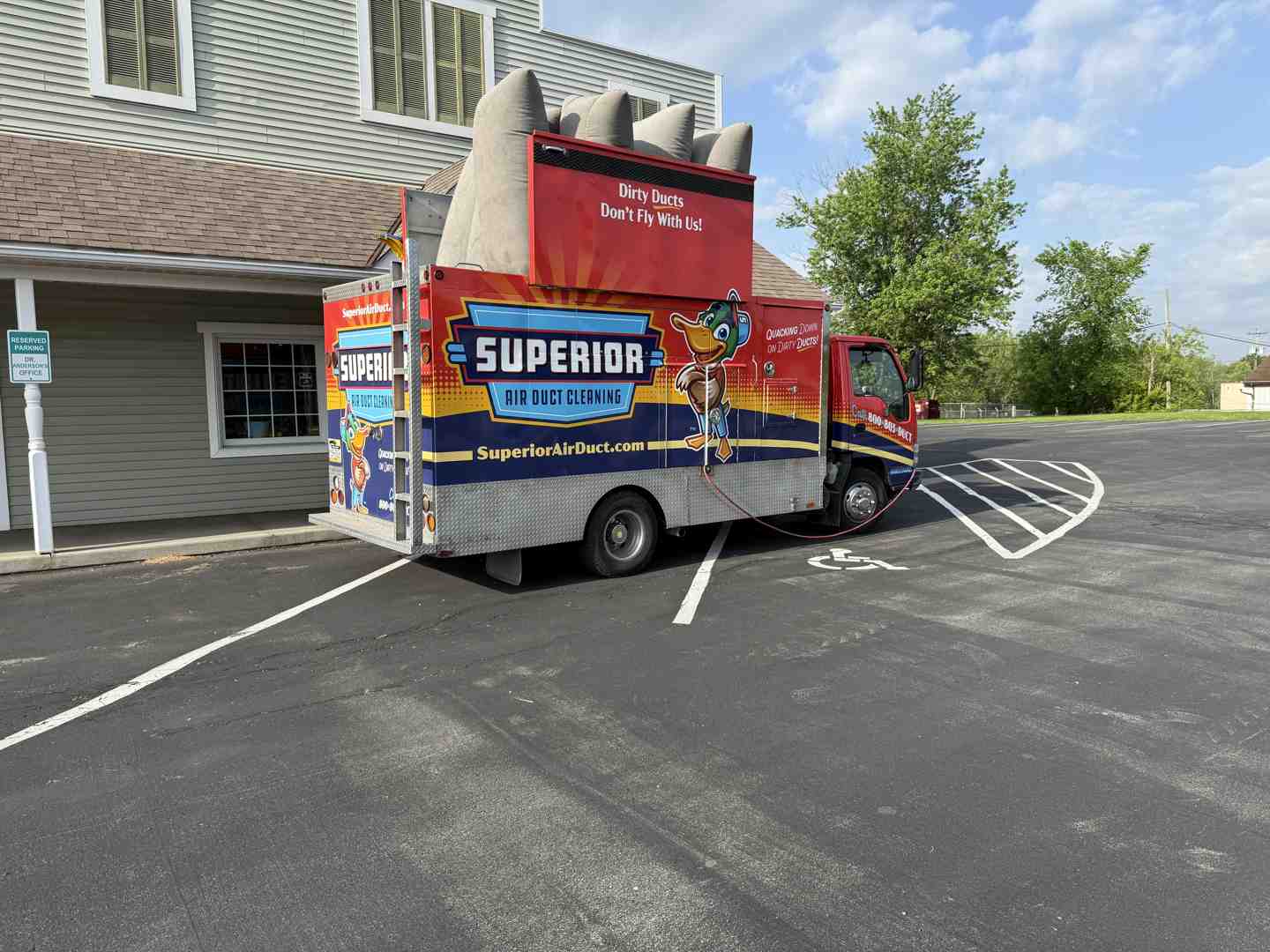

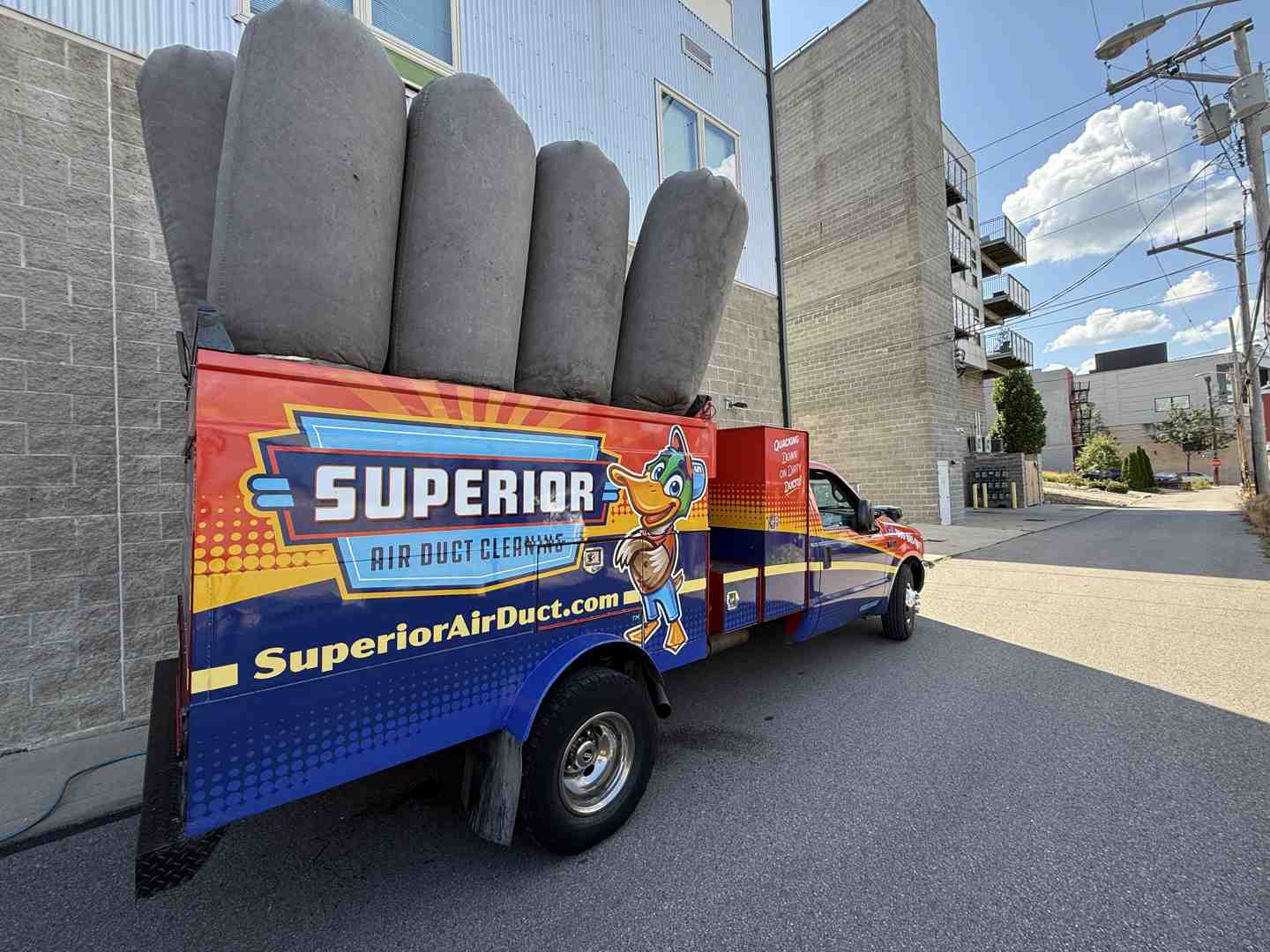
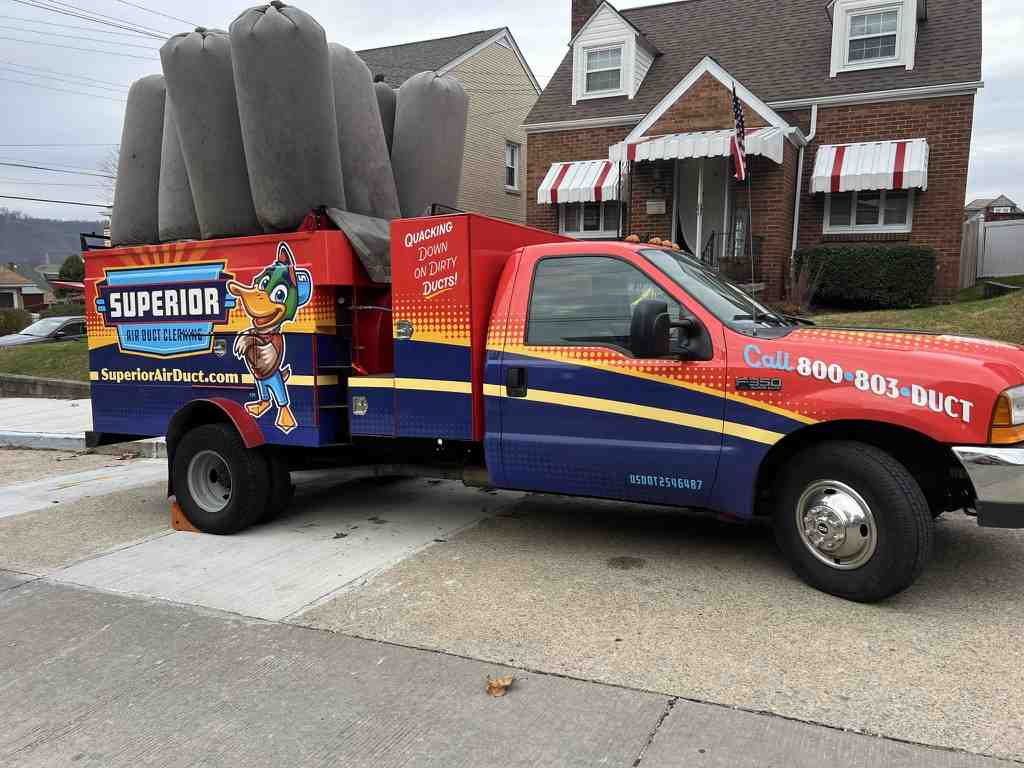

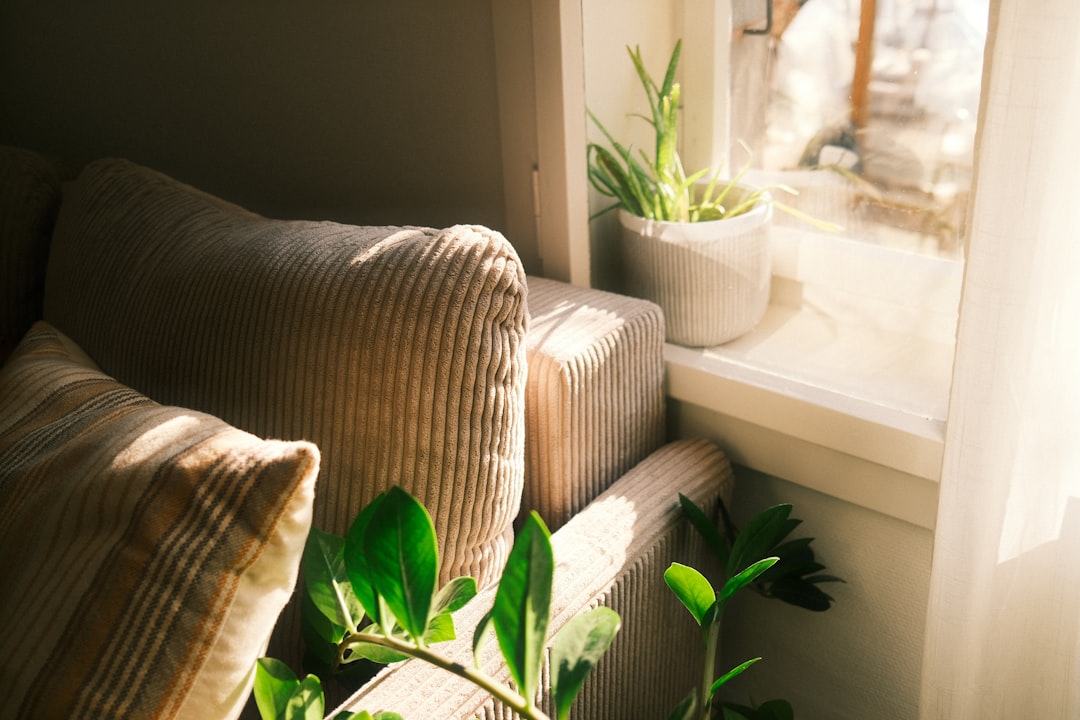
I need to find a service to remove dust from the air ducts in my Pittsburgh home. Who should I call?

